About University
Coat of arms of the Bogomolets National Medical University
Approved by the Academic Council of the Bogomolets National Medical University on June 1, 2004
![gerb[1]](http://nmu.ua/wp-content/uploads/2016/05/gerb1.jpg)
A shield of baroque shape with a golden outline. On a blue field of the shield, there is a schematic outline of the facade of the morphological building of the NMU in silver colour, where the abbreviation “NMU” is located instead of columns under the portico. Under the abbreviation, there is a half-wreath of celery leaves in the form of a golden cup. A stylised image of the staff of Asclepius with a golden snake is superimposed on the image of the facade and the half-wreath. Above the handle of the staff, there is an image of a gilded triple-tongued flame. The shield is framed by a wreath of oak and laurel branches in golden colour, tied with a blue ribbon. The top of the shield has a symmetrical composition consisting of a blue and yellow ribbon and a small state emblem of Ukraine. Above the shield, there is a blue ribbon with the motto “HONOR MERCY GLORY” in silver colour. Below the shield, there is a blue ribbon with the lettering “O.O. BOGOMOLETS NATIONAL MEDICAL UNIVERSITY” in silver colour. The ribbon is superimposed on a stylized image of a chestnut leaf in green colour with a golden outline.
The flag, rector’s flag and banner of the Bogomolets National Medical University
Approved by the Academic Council of the Bogomolets National Medical University on June 1, 2004
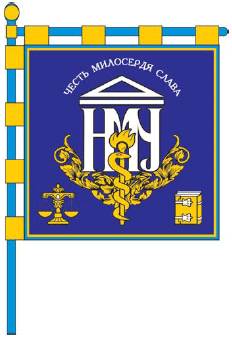 |
![Prapor_2[1]](http://nmu.ua/wp-content/uploads/2016/05/Prapor_21.gif) |
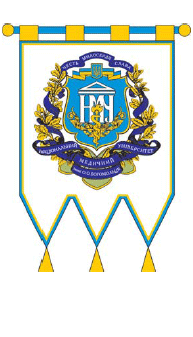 |
| Rector’s flag | The flag | Banner |
Anthem of the Bogomolets National Medical University (translation)
Approved by the Academic Council of the Bogomolets National Medical University on 1 June 2004
Lyrics by Professor F. Tyshko, Honoured Worker of Science and Technology of Ukraine
Music by G. Tatarchenko, People’s Artist of Ukraine
On ancient Kyivan land so fair,
In the heart of Ukraine’s grand lair,
Wise teachers once did institute,
A medical school of great repute.
Beneath the glow of kindly star,
Grows talented youth near and far,
With doctors great of heart and mind,
Agapito’s heirs, alive and kind.
In glorious song and hymn of praise,
Our National Torch shines bright always,
Our National Torch, so fair and true,
Our Medical University.
In glorious song and hymn of praise,
Our National Torch, our people’s raise,
Pride of our nation, honour too,
Glory and honour to all who pursue.
For faith in future, bright and clear,
Our motto true, forever near,
To guard and keep all health and life,
Our duty ever, peace and strife.
Your name, our heart’s eternal song,
Our Alma Mater, forever strong,
We pledge to hold our teachers high,
With honour and glory, till we die.
University Logo
![]()



University Logobook
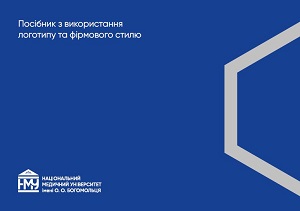
The Medical Faculty of Kyiv University, which was reorganized into the Kyiv Medical Institute in 1920, was founded in April 1840. 22 medical students who entered the faculty attended the first lecture on anatomy on September 9, 1841.
Due to the lack of proper premises to house the medical faculty, its opening was scheduled for 1842, when the construction of the main university building was supposed to be completed. However, the need for doctors, especially in connection with the widespread epidemics in the country, was so great that Minister Uvarov, in December 1840, proposed to the administration of Kyiv University to open the 1st year of the medical faculty at the beginning of the 1841/42 academic year in order to change the previous decree.
The term of study at the medical faculty was 5 years, while at all other faculties it was 4 years.
According to the statute of 1842, exclusively assigned for the Kyiv University, the Medical Faculty was to include the following departments: 1) physiological anatomy with micrography; 2) physiology of a healthy person; 3) physiology of a sick person, or pathological physiology with pathological anatomy; 4) general therapy and “medical chemistry” with the necessary instructions on toxicology 5) operative surgery with a surgical clinic; 6) theoretical surgery with ophthalmology; 7) a full course of private therapy; 8) a therapeutic clinic with semiotics; 9) theoretical and practical obstetrics, obstetric clinic; 10) state medical studies, which included: a) forensic medicine; b) medical police with hygiene; c) medical law, i.e. a brief overview of the medical practice, the procedure of medical care, as well as information on civil service and legislation to the extent necessary for a doctor; d) veterinary police with epizootic diseases. These departments were to be replaced gradually, while senior courses were organized at the medical faculty.
The Medical Faculty was given a part of the laboratory property of the Vienna Medical and Surgical Academy, which had been closed by the tsarist government shortly before the establishment of the faculty. Due to the fact that most of the academy’s professors and lecturers were Poles, only few of them were able to work at the medical faculty of Kyiv University.
The first graduation took place in May 1845. Three people graduated from the Medical Faculty of Kyiv University with the title of doctor.
As early as its foundation, the faculty was to play an important role in the system of medical education in Russia and become a leading centre for other medical faculties in southern Russia.
The successes of the Kyiv University Faculty of Medicine are largely due to the fact that its development, as well as the birth of the faculty, is associated with the name of Pyrohov. In his “Diary of an Old Doctor,” Pyrohov, speaking about his activities as a member of the Ministry of Education’s commission, said: “All affairs and even elections of medical faculties of all Russian universities passed through our hands. Especially the newly established medical faculty of Kyiv University at that time was almost entirely established and elected in our Commission.”
Pyrohov’s students and successors were the first professors of the faculty – V.O.Karavaev, M.I.Kozlov, O.P.Walter.
V.O.Karavaev’s becoming a scientist and skilful surgeon was under the direct influence of M.I.Pyrohov, who wrote: “I can truly consider him one of my scientific pupils: I guided his steps in the field of surgery, informed him of the direction I had already chosen in the study of surgery”.
Professor of Anatomy M.I. Kozlov, while in Derpth, listened to the wonderful lectures of M.I.Pyrohov, and it was under his influence that M.I. Kozlov’s scientific beliefs about anatomy were formed. M.I. Kozlov’s great erudition gave him the opportunity to teach a course on the history of medicine, which was also to some extent influenced by his teacher, who paid much attention to the history of medical studies. The genius of Pyrohov, who embraced the entire rich heritage of the past, longed for the future, sought new scientific facts that could enrich medicine and indicate the ways of its further development. This could not but influence the activities of his students.
The gradual development of Pyrohov’s ideas at the Faculty of Medicine can also be traced to the activities of Kozlov’s successor at the Department of Anatomy, Professor O.P.Walter.
Attending the lectures of Mykola Pyrohov and working in the clinic headed by him, young O.P. Walter became an ardent supporter of his teacher, trying to imitate him to the best of his ability in the methodology of cognition the scientific truths based on a solid foundation of established facts, rejecting any unverified conclusions. The fact that O.P. Walter followed Pyrohov’s ideas is reflected in his words: “Probably, no one will reproach me for following Pyrohov in any way, wherever it was possible to do so…”
On the initiative of O. P. Walter, an anatomical theatre was built on Funduklievska Street (now B.Khmelnytskoho Street), by the design of the famous architect O. V.Beretti, and it was one of the best anatomical theaters of that time not only in Russia but also in the world. V. O.Betz called it a “palace of science.”
Together with V.O.Karavayev and M.I.Kozlov, O.P.Walter was the founder of those advanced ideas that later gave a generous reward at the School of Medicine of Kyiv University.
The scientists of the School of Medicine of Kyiv University began to work on the development of acute problems of battlefield surgery under the influence of M.I.Pyrohov.
During the Crimean War, Kyiv surgeon H.Y.Hübbenet and a group of students of the Kyiv University Medical Faculty worked alongside Pyrohov in the besieged Sevastopol. Kyiv surgeons S.P.Kolomnin, O.S.Yatsenko and others worked in the active army during the Russo-Turkish War (1877-1878).
In the early 60s of the XIX century, an outstanding Ukrainian physician Y. K.Shymanovskyi arrived at Kyiv University at the invitation of M. I.Pyrohov. Pyrohov had a significant influence on Shymanovskyi’s activities in the field of surgery. His interest in osteoplasty, as well as his achievements in the development and improvement of various osteoplastic methods are inextricably linked to Pyrohov’s work in this field. At the personal request of Mykola Pyrohov, Shymanovskyi wrote explanations to his classic work “Surgical Anatomy of Arterial Trunks and Fascia”, as well as revised and supplemented its illustrations.
For some time, the Department of Theoretical Surgery with the Hospital Surgical Clinic of Kyiv University was headed by the prominent Russian surgeon M.V.Sklifosovskyi, who was also recommended for this position by M.I.Pyrohov.
For many years, Pyrohov’s recommendation of candidates for the positions of heads of departments at Kyiv University was a kind of tradition, one of the manifestations of M.I.Pyrohov’s long-term influence on the development of the Faculty of Medicine at Kyiv University. The prominent Kyiv surgeons M.M.Volkovych and A.P.Krymov were the ardent followers of M.I.Pyrohov.
Recognition of Pyrohov’s great merits in the establishment and development of Kyiv University and, first of all, its Faculty of Medicine, is shown by his election as an honorary member of the University (20 April 1855).
M.I.Pyrohov had a direct influence on the development of the Faculty of Medicine when he was a curator of the Kyiv educational district (1858-1861).
Paying considerable attention to the education of students, Pyrohov simultaneously took care of their daily needs. He was actively involved in organising the first student classes at Kyiv University to provide financial assistance to students. Pyrohov also contributed to the foundation of the student library and lecture theatre. Before leaving Kyiv, the students asked Pirogov to present his photo portrait to the lecture theatre, on which he wrote the following inscription: “I love and respect youth. Because I remember mine. Pyrohov, 1861, 13 April, Kyiv”.
The Oleksandrivska City Hospital was opened in 1875 and became the home base for a number of clinics of the Faculty of Medicine.
The same year, the building for the Department of General Pathology and Histology (now Bohdana Khmelnytskoho Street) was built, and 10 years later, the building of the Faculty Therapeutic and Surgical Clinics (now 17 Taras Shevchenko Boulevard).
During this period, a number of new departments were established at the Faculty of Medicine: operative surgery, nervous diseases, physiological chemistry, paediatrics, surgical pathology, etc. The Faculty of Medicine became the largest faculty at Kyiv University. In 1885, 986 students studied here.
In the 60s – 80s of the XIX century, the teaching staff of the faculty was replenished with a number of prominent scientists, including V.O.Betz, V.T.Pokrovskyi, P.I.Peremezhko, V.B.Tomsa, M.V.Sklifosovskyi, V.A.Subbotin, M.A.Khrzhonshchevskyi, G.M.Minh, A.V.Ivanov and others.
In the late nineteenth and early twentieth centuries, a number of departments were headed by great scientists – M.I.Stukovenkov, V.V.Pidvysotskyi, V.E.Chernov, O.D.Pavlovskyi, S.M.Reformatskyi, M.M.Volkovych, V.P.Obraztsov, F.G.Yanovskyi, V.K.Vysokovych, M.M.Dieterichs, K.E.Dobrovolskyi, A.P.Krymov, O.V.Korchak-Chepurkivskyi, V.Y.Chagovets.
A significant contribution to the study of microscopic anatomy and physiology of the central nervous system was made by Ukrainian anatomist and histologist V.O.Betz. His classic work “Anatomy of the Brain Surface” was the beginning of the modern doctrine of the cellular structure of the cerebral cortex. V.O.Betz’s studies of the structure of the adrenal glands, bone development and growth, and clinical diagnostics were also of great importance.
An outstanding pathologist and epidemiologist G.M.Minch, whose research, sometimes risking his life, contributed a lot to the aetiology and pathogenesis of a number of infectious diseases.
The works of the founder of the Kyiv school of pathologists V.V.Pidvysotskyi on the microscopic structure of the pancreas, the process of regeneration, problems of general pathology, infection and immunity, aetiology of malignant tumours, endocrinology, etc. are widely known. The textbook “Fundamentals of General Pathology” written by him in Kyiv has gone through 20 editions and has been translated into 17 languages.
D.K.Zabolotnyi, a student of V.V.Pidvysotskyi and a prominent epidemiologist, noted that the Kyiv period was the most fruitful period of his life from a scientific point of view.
Professor M.A.Khrzhonshchevskyi became one of the founders of national histophysiology and public health education. He proposed the method of physiological injection, which has not lost its significance to this day, and created valuable works on the structure and function of blood and lymphatic vessels, kidneys, liver, etc.
One of Botkin’s first students, Professor V.T.Pokrovsky, successfully developed his ideas in Kyiv. The founder of the department, Professor V.A.Subbotin, made a significant contribution to the development of hygiene, while Professor V.E.Chernov – to the field of paediatrics.
The classic work of Professor P.I.Peremezhko “On the division of animal cells” brought its author universal recognition and respect in the scientific world.
Professor V.K.Vysokovych, one of the most prominent pathologists and bacteriologists of his time, was also very popular.
Among the talented innovators were the famous surgeon M.M.Volkovych, one of the founders of electrophysiology V.Y.Chahovets, the founders of the Kyiv therapeutic school V.P.Obraztsov, F.G.Yanovskyi and others.
In the second half of the nineteenth century, the Faculty of Medicine became more important as a centre that united creative practitioners from Kyiv, Kyiv province and other provinces of the South-Western region. A number of scientific associations were formed at the faculty, which included both professors and practitioners.
The Society of Kyiv Doctors was organised in 1840 and was invariably headed by the professors of the School of Medicine since 1849. In 1869, most of the professors of the faculty, along with professors from other faculties, took part in the foundation of the University Society of Naturalists. On the initiative of medical student A.Kysil, a future prominent national paediatrician, a student scientific society “Clinical Society of Medical Students” was organised in 1881. In 1896, the Physical-Medical Society was established at Kyiv University. Professor M.I.Stukovenkov was its first chairman.
The faculty organised a number of clinicians’ associations: the Scientific Society of Obstetricians and Gynaecologists (1885), the Psychiatric Society (1897), the Dermatological and Syphilidological Societies (1900). The “Proceedings”, “Notes” and other publications of these societies were of considerable scientific value.
The professors of the School of Medicine considered it their duty to promote medical knowledge and improve the medical culture of the population of Kyiv and Ukraine. Professor M.A.Khrzhonshchevskyi headed the commission of medical public readings established in 1886 for many years.
In March 1920, the Institute of Public Health was established in Kyiv by order No. 111 of the Kyiv Gubernational Education Committee. It united the Medical Faculty of Kyiv University with the Medical Faculty of the Ukrainian State University and the Women’s Medical Institute.
| 1840 | 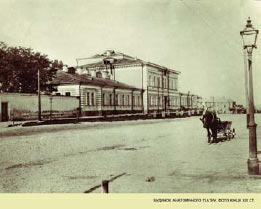 His Imperial Majesty Mykola I signs the High Rescript on the opening of the Faculty of Medicine at St Volodymyr’s University in Kyiv (29.04, O.S.) His Imperial Majesty Mykola I signs the High Rescript on the opening of the Faculty of Medicine at St Volodymyr’s University in Kyiv (29.04, O.S.) |
|||||||||||||||||||||||||||||||||||||||||||||||||||||||||||||||||||||||||||||||||
| 1841 | 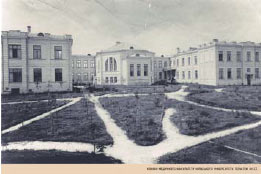 The decision of the Council of Professors of St Volodymyr’s University to open the Faculty of Medicine in September 1841 was made. The first enrolment was 29 students. On 23 (9) September, Professor M. Kozlov gave the first lecture on anatomy, and on 26 (12) September, Professor V.O.Karavayev gave the first lecture on encyclopaedia and methodology of medicine. The decision of the Council of Professors of St Volodymyr’s University to open the Faculty of Medicine in September 1841 was made. The first enrolment was 29 students. On 23 (9) September, Professor M. Kozlov gave the first lecture on anatomy, and on 26 (12) September, Professor V.O.Karavayev gave the first lecture on encyclopaedia and methodology of medicine. |
|||||||||||||||||||||||||||||||||||||||||||||||||||||||||||||||||||||||||||||||||
| 1842 | the Faculty of Medicine was founded under the new Statute of 1842, according to which the teaching of additional disciplines was organised and the Department of State Medicine was established | |||||||||||||||||||||||||||||||||||||||||||||||||||||||||||||||||||||||||||||||||
| 1843 | Professor V.O.Karavayev was appointed the first dean of the Faculty of Medicine of St. Volodymyr’s University | |||||||||||||||||||||||||||||||||||||||||||||||||||||||||||||||||||||||||||||||||
| 1853 | 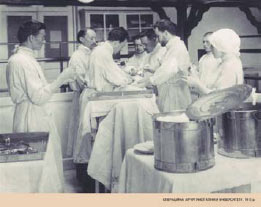 the anatomical theatre of the Faculty of Medicine was opened the anatomical theatre of the Faculty of Medicine was opened |
|||||||||||||||||||||||||||||||||||||||||||||||||||||||||||||||||||||||||||||||||
| 1881 | a student scientific society, the “Clinical Society of Medical Students”, was organised. The society was organised by student O.A.Kysil, later a prominent paediatrician and public figure | |||||||||||||||||||||||||||||||||||||||||||||||||||||||||||||||||||||||||||||||||
| 1885 | 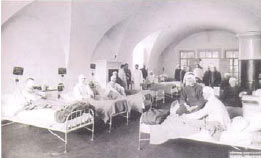 the surgical and therapeutic clinics were built the surgical and therapeutic clinics were built |
|||||||||||||||||||||||||||||||||||||||||||||||||||||||||||||||||||||||||||||||||
| 1888 | obstetric clinic was built | |||||||||||||||||||||||||||||||||||||||||||||||||||||||||||||||||||||||||||||||||
| 1920 | Kyiv Institute of Health Care was established, uniting the Medical Faculty of St Volodymyr’s University, the Women’s Medical Institute, and the Medical Faculty of the Ukrainian State University. In October 1920, the Odontological Institute was incorporated into the Institute and transformed into the Faculty of Medicine of the same name. | |||||||||||||||||||||||||||||||||||||||||||||||||||||||||||||||||||||||||||||||||
| 1921 | Kyiv Institute of Health Care was renamed into Kyiv State Medical Academy, which later became Kyiv Medical Institute | |||||||||||||||||||||||||||||||||||||||||||||||||||||||||||||||||||||||||||||||||
| 1930 | The newspaper “Chervonyi Medyk” was founded, which was renamed ” Medychni Kadry” in 1936 | |||||||||||||||||||||||||||||||||||||||||||||||||||||||||||||||||||||||||||||||||
| 1941 | since the beginning of the Second World War the Institute was evacuated to Kharkiv and then to Chelyabinsk | |||||||||||||||||||||||||||||||||||||||||||||||||||||||||||||||||||||||||||||||||
| 1943 | the Institute resumed classes in Kyiv | |||||||||||||||||||||||||||||||||||||||||||||||||||||||||||||||||||||||||||||||||
| 1946 | Kyiv Medical Institute is named after the President of the Academy of Sciences of the USSR, academician O.O.Bogomolets | |||||||||||||||||||||||||||||||||||||||||||||||||||||||||||||||||||||||||||||||||
| 1965 | the Museum of History of Medicine (since 1982 – the National Museum of Medicine of Ukraine) was organised on the basis of the Institute | |||||||||||||||||||||||||||||||||||||||||||||||||||||||||||||||||||||||||||||||||
| 1992 | the Institute was reorganised into the Bogomolets Ukrainian State Medical University | |||||||||||||||||||||||||||||||||||||||||||||||||||||||||||||||||||||||||||||||||
| 1995 | By the Decree of the President of Ukraine, the University was granted the status of the Bogomolets National Medical University | |||||||||||||||||||||||||||||||||||||||||||||||||||||||||||||||||||||||||||||||||
| 2011 | 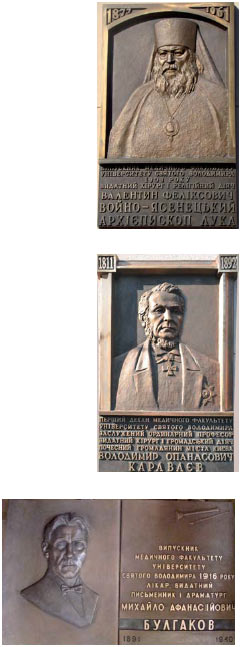 the University joined the association of signatories to the Magna Charta Universitatum, Bologna, Italy the University joined the association of signatories to the Magna Charta Universitatum, Bologna, Italy
PROMINENT PERSONALITIES
MAJOR SCIENTIFIC DISCOVERIES AND ACHIEVEMENTS (1842 – 2011)
JUBILEE EDITIONS OF BOGOMOLETS NATIONAL MEDICAL UNIVERSITY
|
|
Deans of the Medical Faculty of St Volodymyr’s University (1841 – 1920)
* Dean of the Medical Faculty of Kyiv University; since 1918 – Ukrainian People’s University. The name “St. Volodymyr’s University” was abolished on April 23, 1919.
Rectors (directors) of the Kyiv Medical Institute (Bogomolets National Medical University) (1920-2008)
|
- In 2021, the University celebrates the 180th anniversary of its foundation, the 140th anniversary of the birth of Academician O.O. Bogomolets and the establishment of the O.A. Kysil Students’ Scientific and Technical Society, the 130th anniversary of the birth of Mikhail Bulgakov and the 210th anniversary of the birth of Professor V.O. Karavaev.
- The official history of the institution began in 1841 when the medical faculty was first established at the Imperial University of St. Volodymyr in Kyiv. Outstanding personalities as well as scientific and pedagogical schools have been the pride and authority of the University at all stages of its development.
- The world-famous scientists V.O. Betz, O.P. Walter, V.O. Karavayev, V.P. Obraztsov, F.G. Yanovsky, M.I. Krymov, M.V. Sklifosovsky, M.D. Strazhesko, O.V.Korchak-Chepurkivsky, O.O. Bogomolets, L.V. Hromashevsky, and V.A. Subbotin, studied and worked at the University, as did other distinguished personalities such as St. Luka (V.F. Voyno-Yasenetsky), academicians M.M. Amosov, A.P. Romodanov, and Y.G. Honcharuk, writer M.A. Bulgakov, and astronaut-physician O.Y. Atkov.
- In honour of prominent alumni, Professor V.F. Voyno-Yasenetskyi (St. Luka) and writer M.A. Bulgakov, the first dean of the School of Medicine, Professor V.O. Karavaiev, the founder of the Department of Hygiene, Professor V.A. Subbotin, a scientist-hygienist, director of the KMI (1941-1945), Professor, Academician L. I. Medved, haematologist, rector of Bogomolets KMI (1970-1984), professor S.S. Lavryk, hygienist, rector of Bogomolets NMU (1984-2003), academician E.G. Goncharuk, pharmacologist, professor I.S. Chekman, hygienist, professor G.H. Shakhbazyan, hygienist, professor I. I. Barchenko, hygienist, professor I.V. Savytskyi, microbiologist, infectious disease scientist, professor S.S. Dyachenko, hygienist, professor M.F. Borysenko, hygienist, professor I.I. Slepushkina, hygienist, professor S.S. Poznanskyi, epidemiologist, professor Yu. D. Gotz, immunologist-epidemiologist, professor I. Morgunov, epidemiologist, professor L. Gromashevsky, hygienist, professor R. Gabovich, hygienist, professor P. Barannyk, dentist, professor M. Danylevsky – memorial plaques were installed.
- A memorial plaque was installed on the administrative building of the University in honour of Volodymyr Yurychko, a fighter of the Aidar battalion, the inter-university volleyball tournament named after him was founded, classroom No. 4 of the morphology building is named after Volodymyr, and the best students of the University annually become laureates and receive a scholarship named after Volodymyr Yurychko.
- In 2021, the University Clinic was created by merging the Republican Clinical Hospital of the Ministry of Health of Ukraine with the Bogomolets National Medical University.
- A new classroom was opened – an interactive pharmacology studio with an advanced study of neuropharmacology and medications that affect the human central nervous system.
- In 2015, Bogomolets National Medical University was the first among medical universities in Ukraine to be certified in quality management according to the requirements of the international standard ISO 9001:2008 and received the International Certificate of Quality.
- Today, the University is, first of all, a highly professional scientific and teaching staff, one of the most efficient units in the higher medical school of Ukraine.
- The University was the first in the country to start training doctors in accordance with the new European Credit Transfer System (ECTS) and in 2011 awarded its graduates with a unique international educational document – Diploma Supplement – a European-style diploma.
- The university consists of 9 faculties and 87 departments, 2 research institutes, the Educational and Scientific Centre – Ukrainian Training Centre of Family Medicine, the Institute of Postgraduate Education, the Dental Medical Centre, and the Medical Vocational College.
- The institution employs more than 1400 research and teaching staff, including: 24 permanent Full Members (Academicians), Corresponding Members of the State Branch Academies of Sciences of Ukraine, 219 Doctors of Sciences, including 170 Professors, 885 Candidates of Sciences, including 454 Associate Professors.
- About 700 lecturers have B2 and C1 foreign language certificates and deliver courses in English.
- About 14 thousand students, postgraduates, clinical residents, masters, doctors (pharmacists) – interns study at the University, including almost 3000 foreign citizens from 72 countries.
- The university has 7 educational and 2 administrative buildings, lecture halls with more than 2,800 seats, a library with an Internet centre and computer labs, a campus with 7 dormitory buildings, and the Medik health and sports camp.
- The 300-seat dental medical centre is one of the most powerful in Europe, with about 300 thousand visitors annually.
- The university has 8 specialized academic councils for the doctoral and PhD theses defence in 7 specialties.
- The university ranks 18th in the Scopus database according to the Hirsch index (h-index).
- The university includes 59 clinical departments and subdivisions located at 162 clinical bases in medical and health care institutions of various forms of ownership, where about 9 thousand beds are deployed, about 150 thousand patients are treated annually, up to 70 thousand surgical interventions are performed, and 15 thousand deliveries are accepted.
- The institution’s material and technical support is constantly being improved. More than 1400 computers are used in the educational process, which meets the standards of the Ministry of Education and Science, Youth and Sports and the Ministry of Health of Ukraine and is the best indicator in the industry.
- The university cooperates with 44 foreign scientific, educational and medical institutions, organizations and associations, enterprises and foundations.
- Within the framework of partnership with the Erasmus+ International Credit Mobility Program, the University cooperates with such healthcare institutions as Aristotle University (Greece) 2019-2021, Kazimierz Pulawski University of Technology and Humanities in Radom (Poland) 2019-2021, Sanko University (Turkey) 2018-2023, Valladolid University (Spain) 2019-2022, Cardiff Metropolitan University (UK) 2018-2020.
- The teaching staff of the structural subdivisions (departments, institutes, centers) of the NMU are members of 85 editorial boards of foreign journals. In 2020, the structural subdivisions of the Bogomolets National Medical University implemented 20 international educational and scientific projects.
- The Department of Education of Gansu Province of the People’s Republic of China and Lanzhou University, together with 16 universities of this province, organized an online conference of the “University Alliance of the Belt and Road” in accordance with the Memorandum of Academic Cooperation between the Bogomolets National Medical University and the Department of Health of Gansu Province (China) (2013) and the Agreement on International Cooperation between the NMU and the University of Traditional Chinese Medicine of Gansu Province (2013). Representatives of NMU took part in the conference as observers. NMU departments continue to work under grant assistance from the Japanese government’s “Kusanone” human security projects for the needs of the educational and medical process.
- Considerable attention is paid to the development of student self-government, moral and spirituality, and the all-round education of future specialists. According to the new Law of Ukraine “On Higher Education”, the students of the University reorganized and approved the student government of the University into the Public Organization “”Student Government of Bogomolets National Medical University” in 2020.
- The International Cultural Centre of NMU, which unites 15 amateur artistic groups, including 7 folk groups, is actively working.
- Students are engaged in 10 sports sections, and outstanding athletes – winners of World and European championships – are trained here.
- The multifaceted activities of the institution are presented on the bilingual official website of the NMU www.nmuofficial.com, Facebook, Telegram and in the university newspaper “Medical Staff”.
- Bogomolets NMU is a longstanding winner of the All-Ukrainian ranking of higher education institutions of Ukraine, international exhibitions of educational institutions, where it received 39 Gold medals and 35 Grand Prix in a row (2005-2020), the institution was awarded the honorary titles “Leader of Higher Education of Ukraine”, “Leader of Modern Education”, “Leader in the creation of modern teaching aids”, “Leader of National Education”, and a multiple winner of the Certificate “Quality of Scientific Publications”.

ФОТОГАЛЕРЕЯ
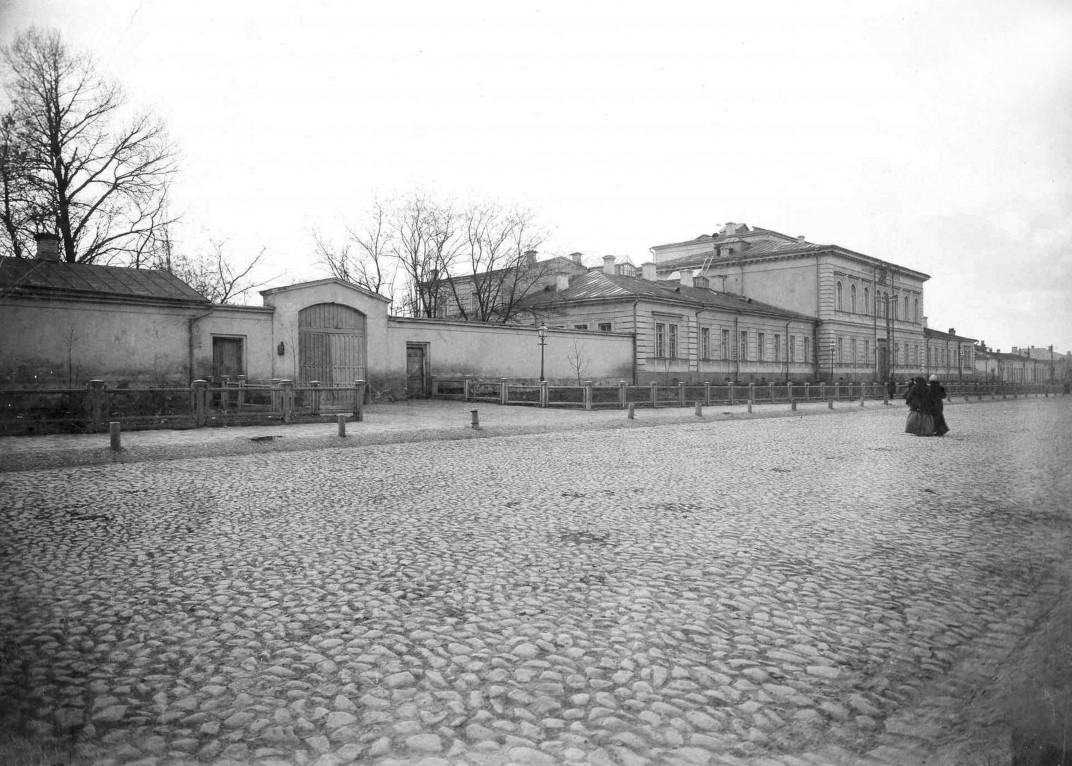
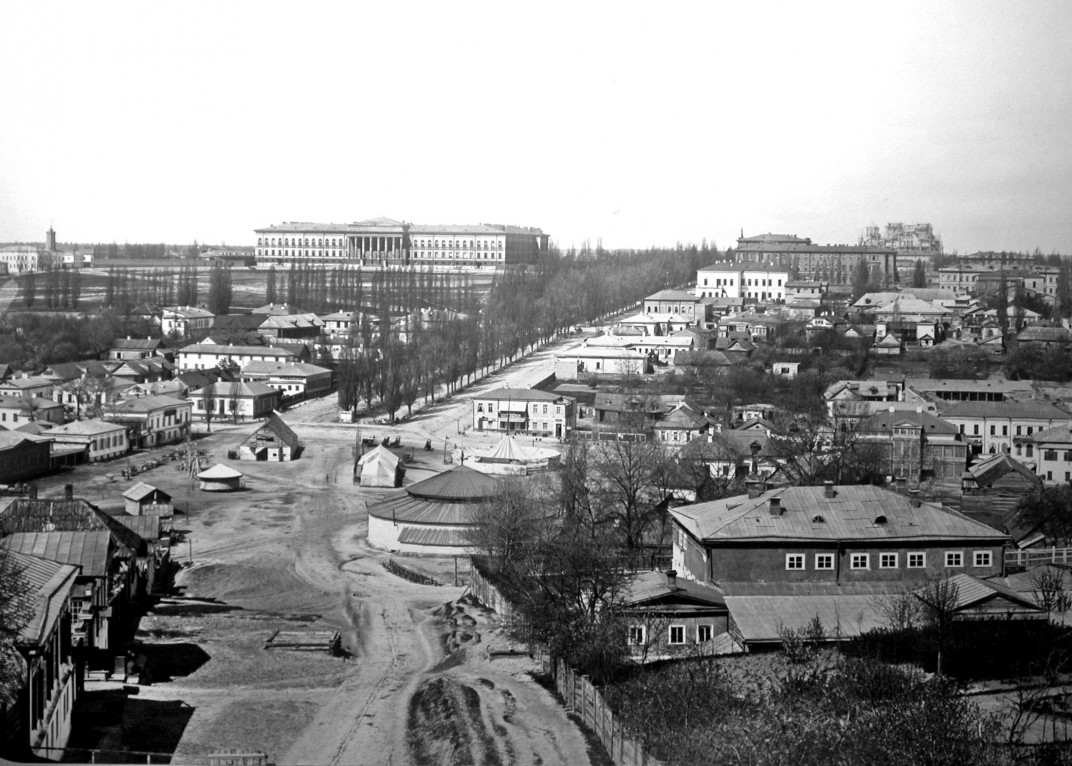
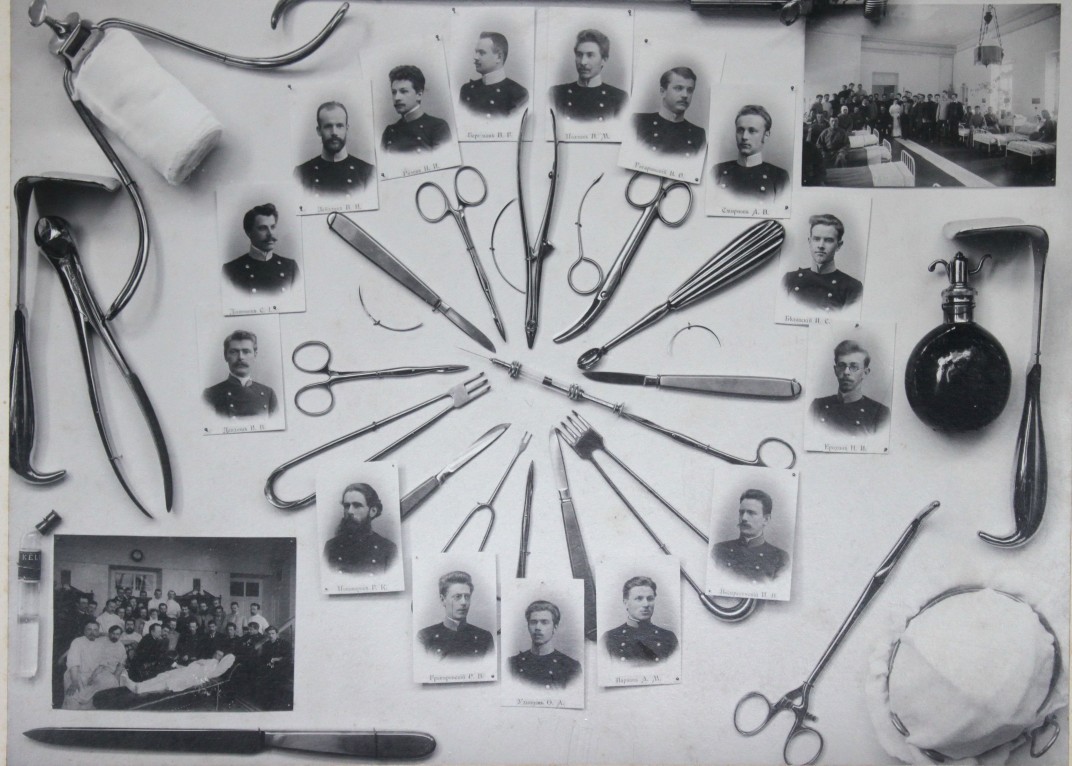
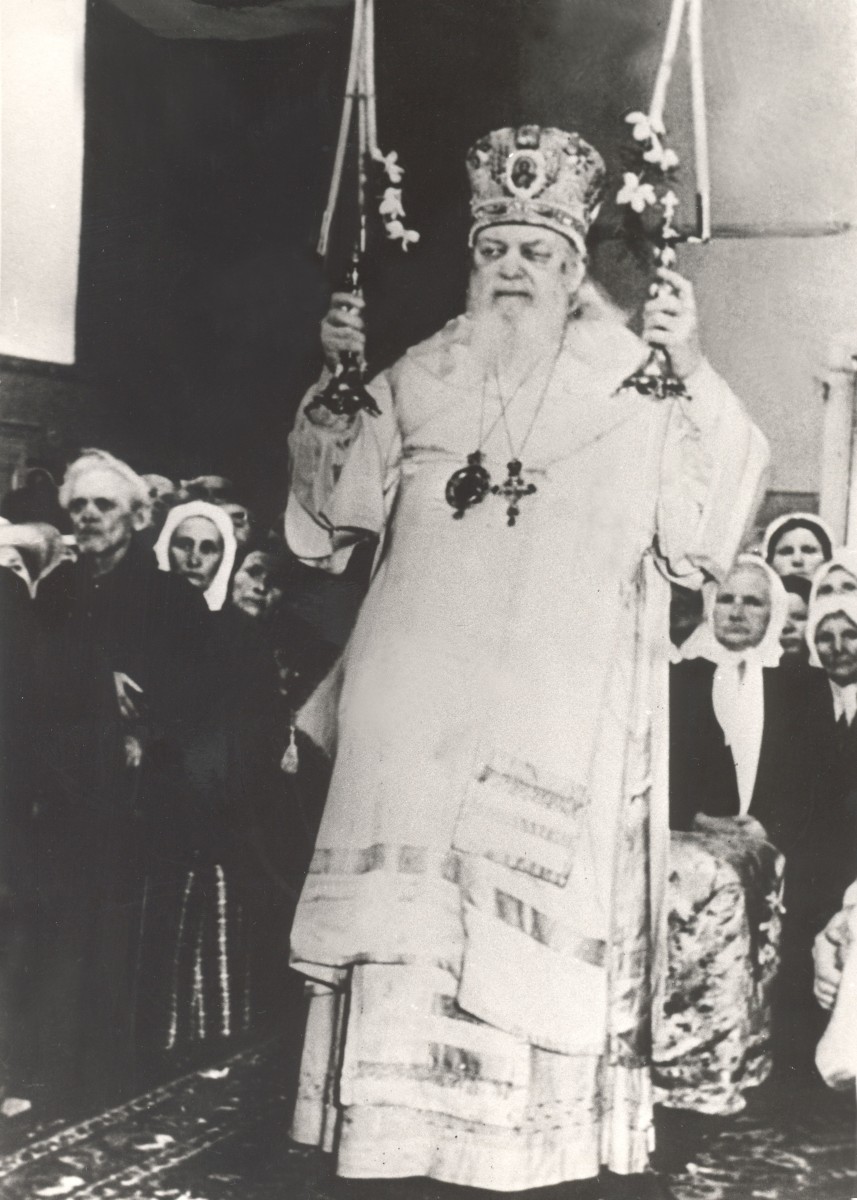

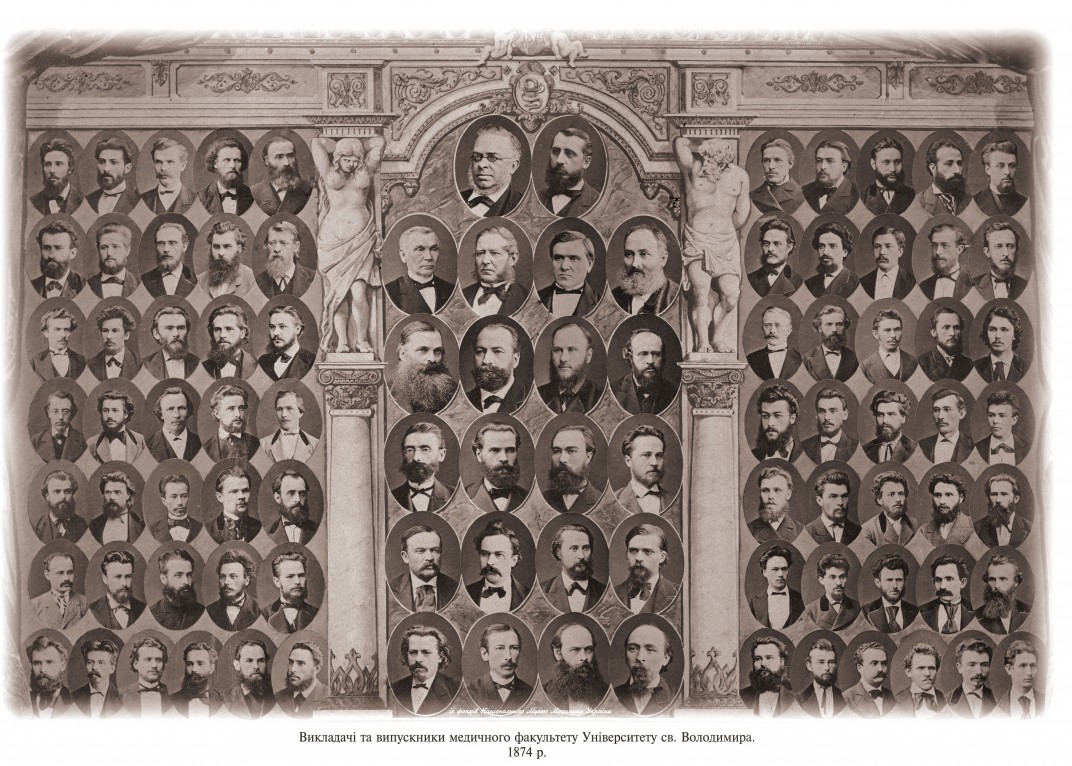
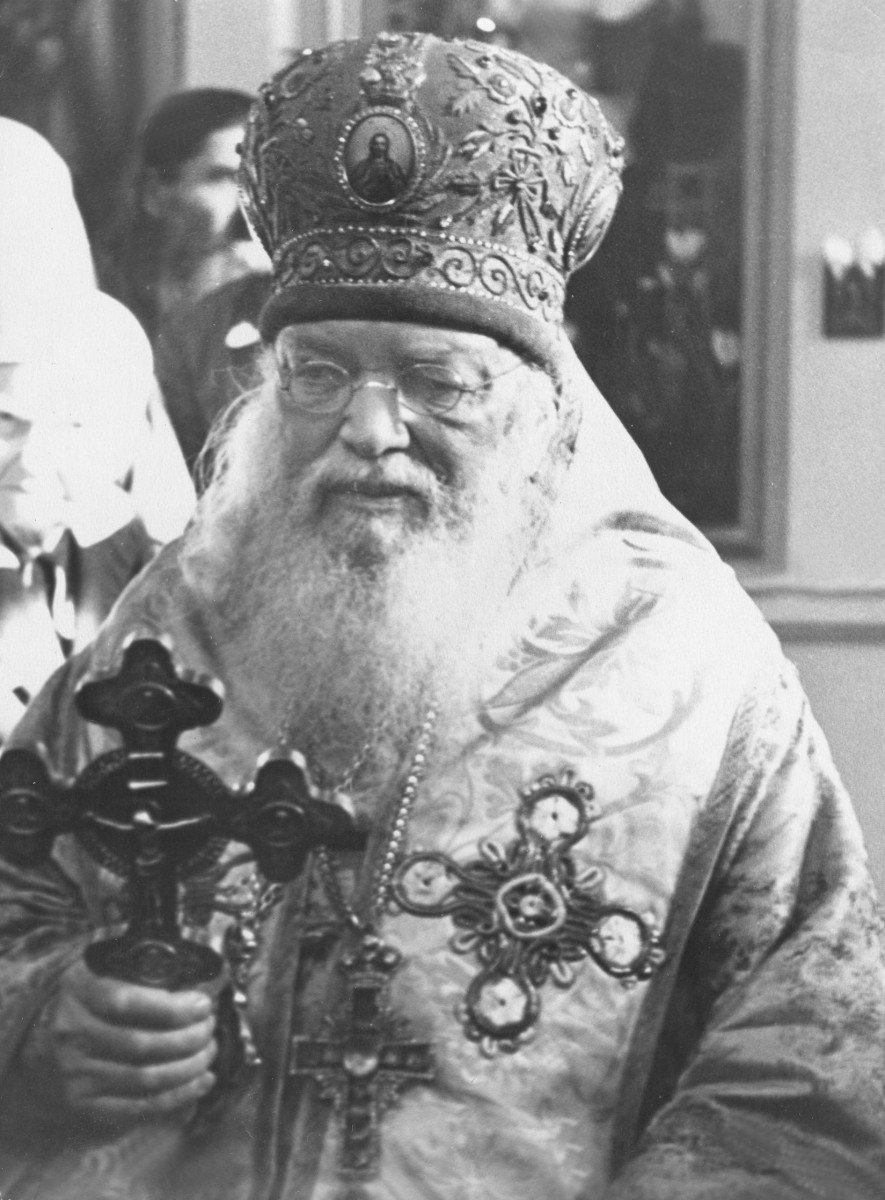
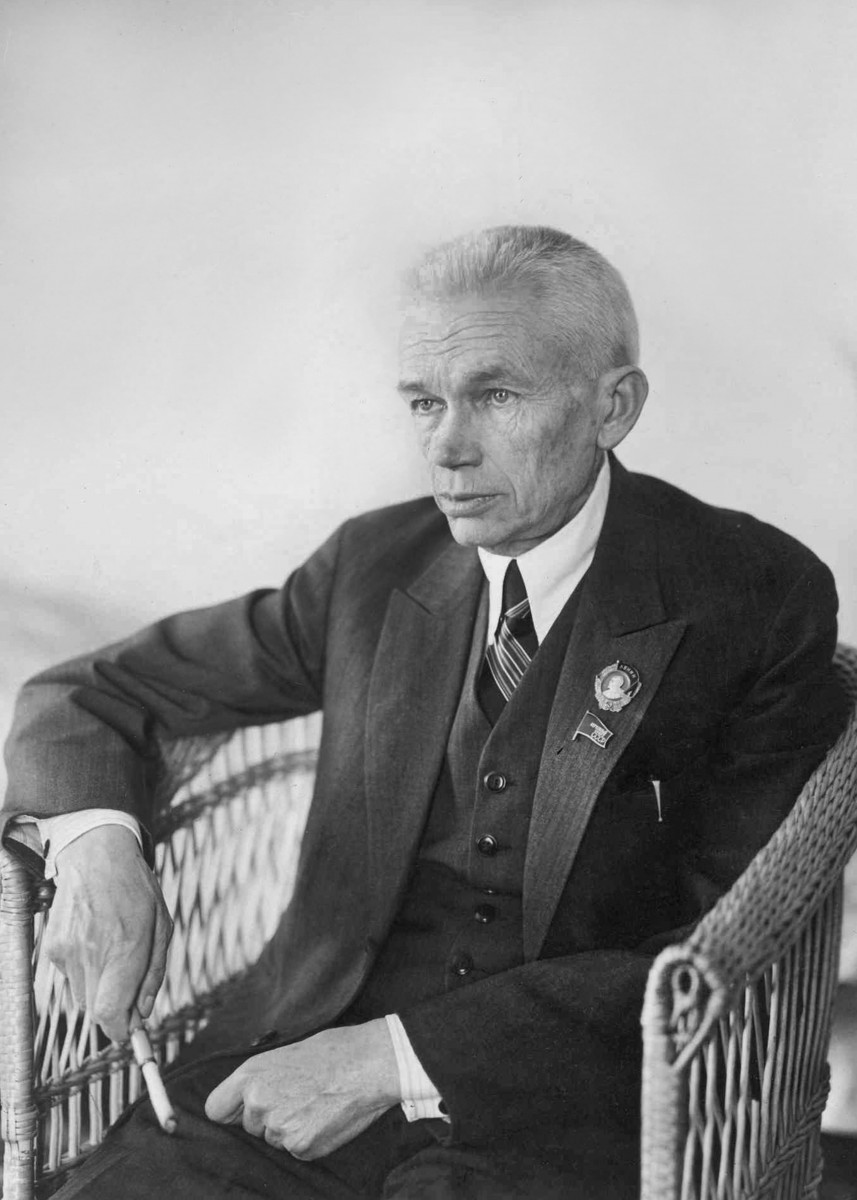
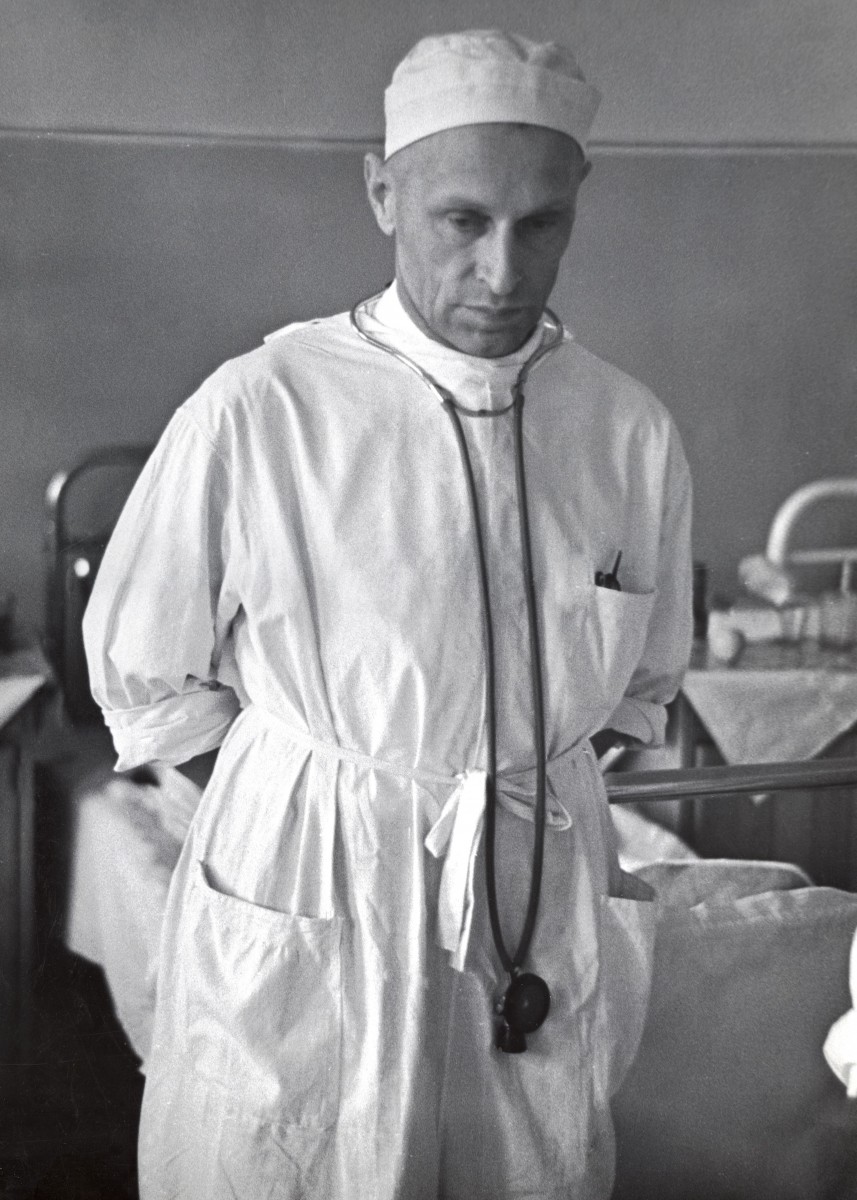
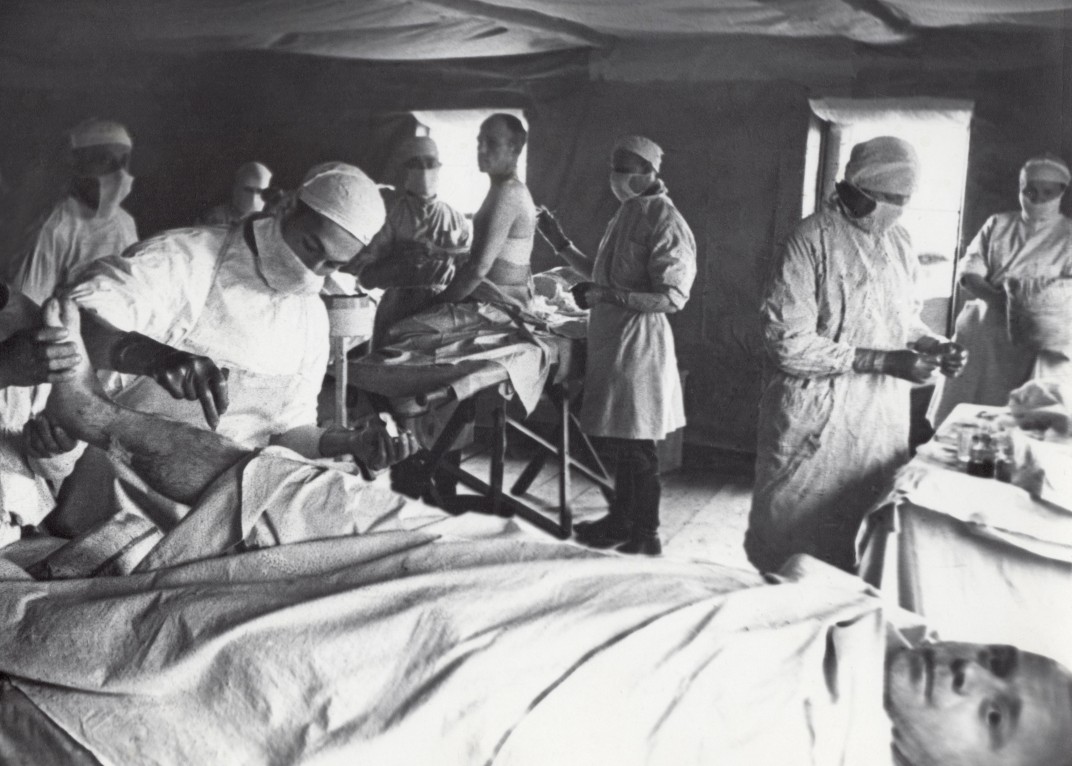
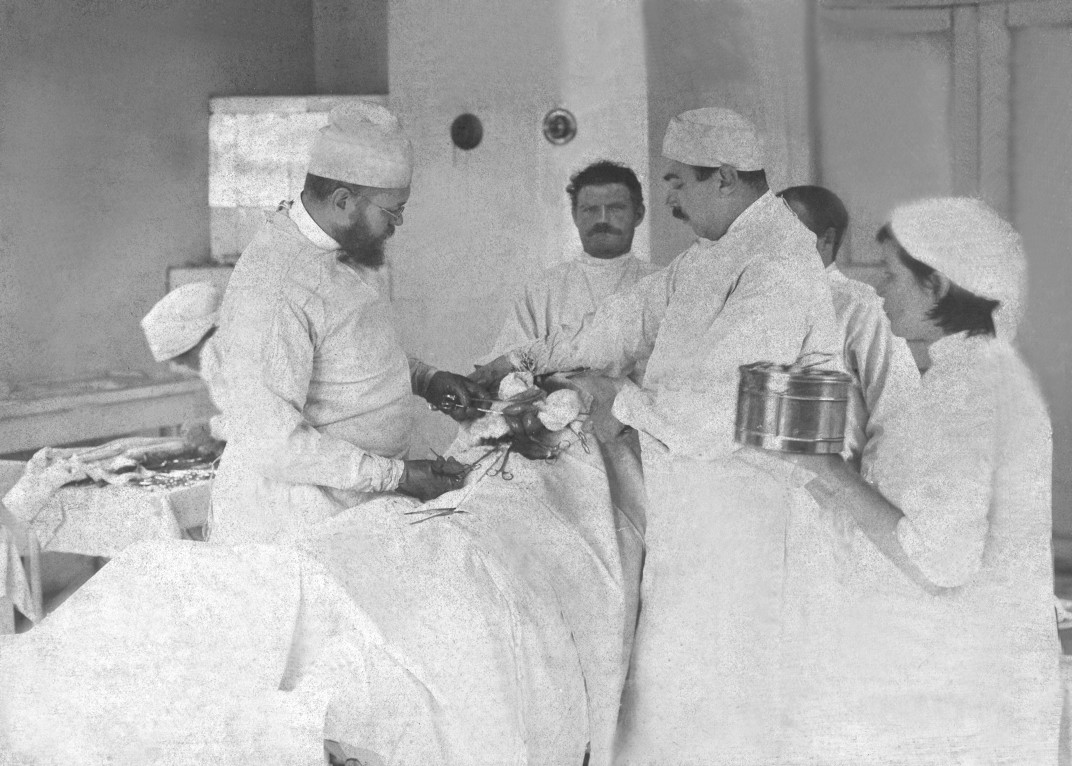
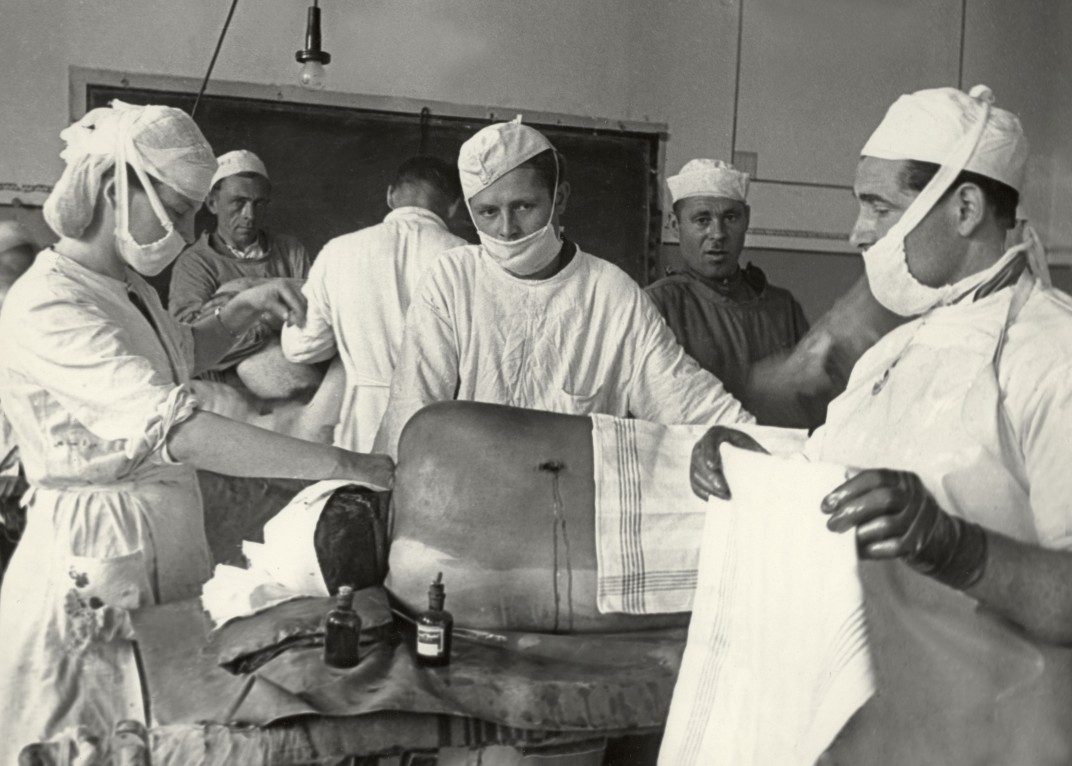

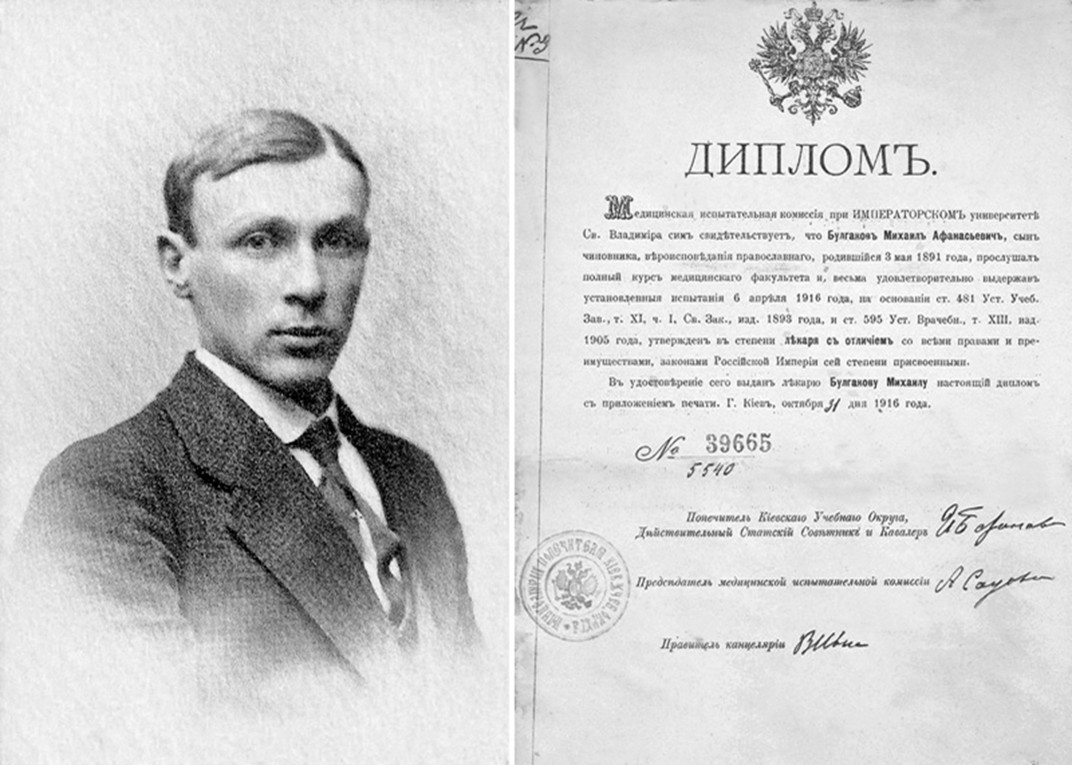
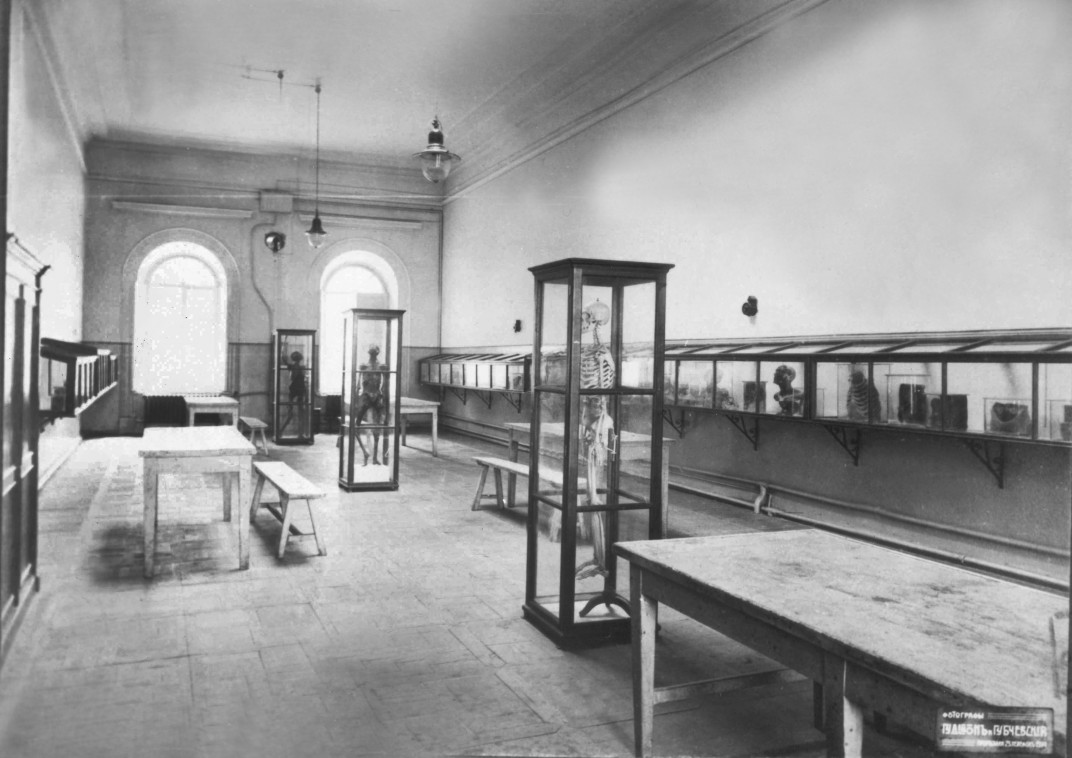
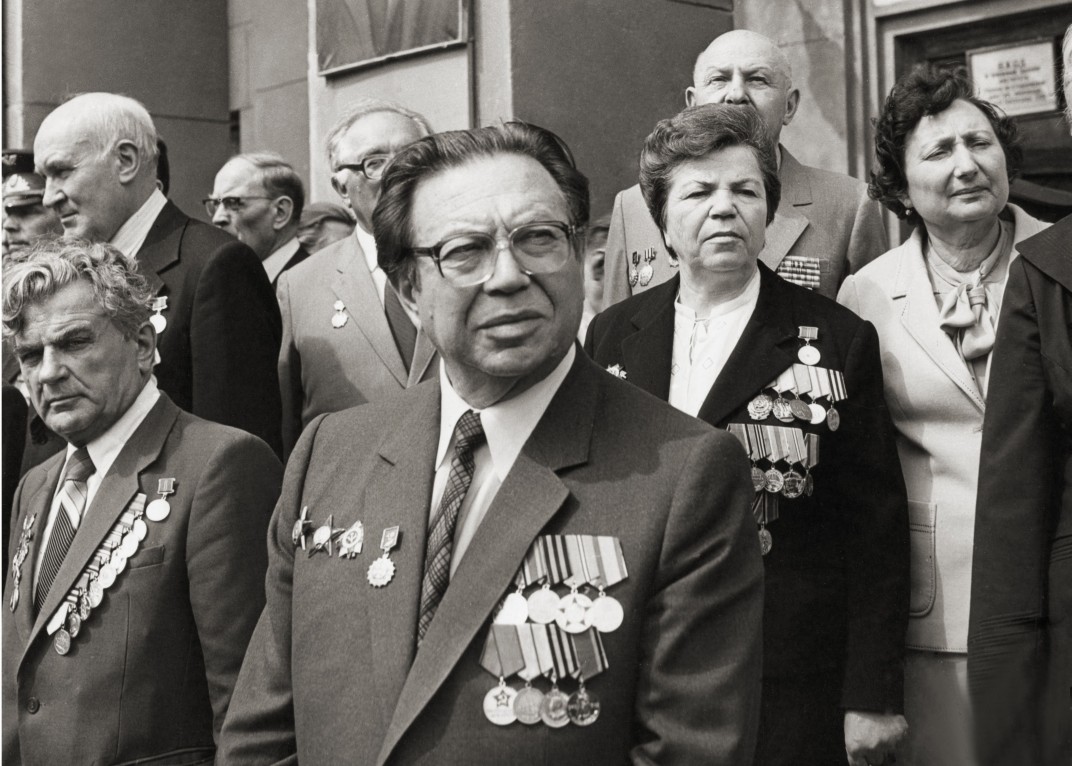

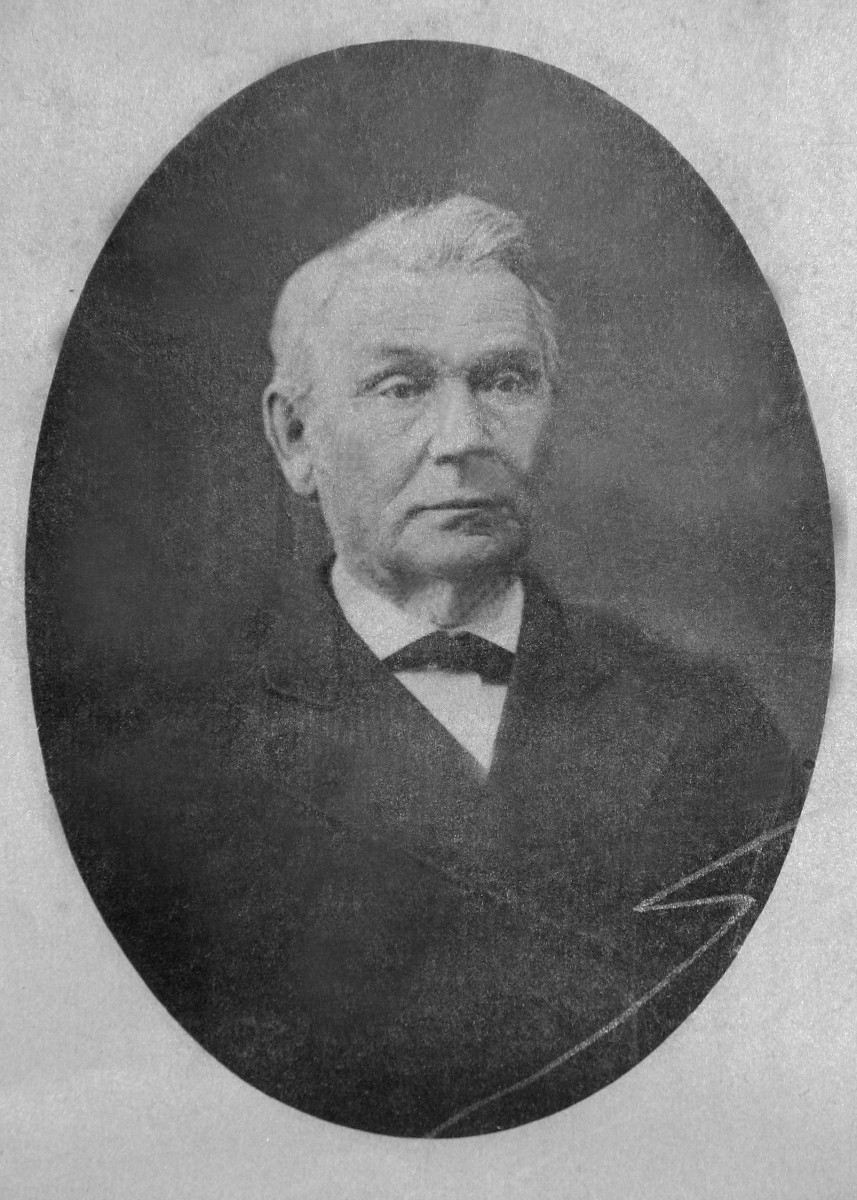
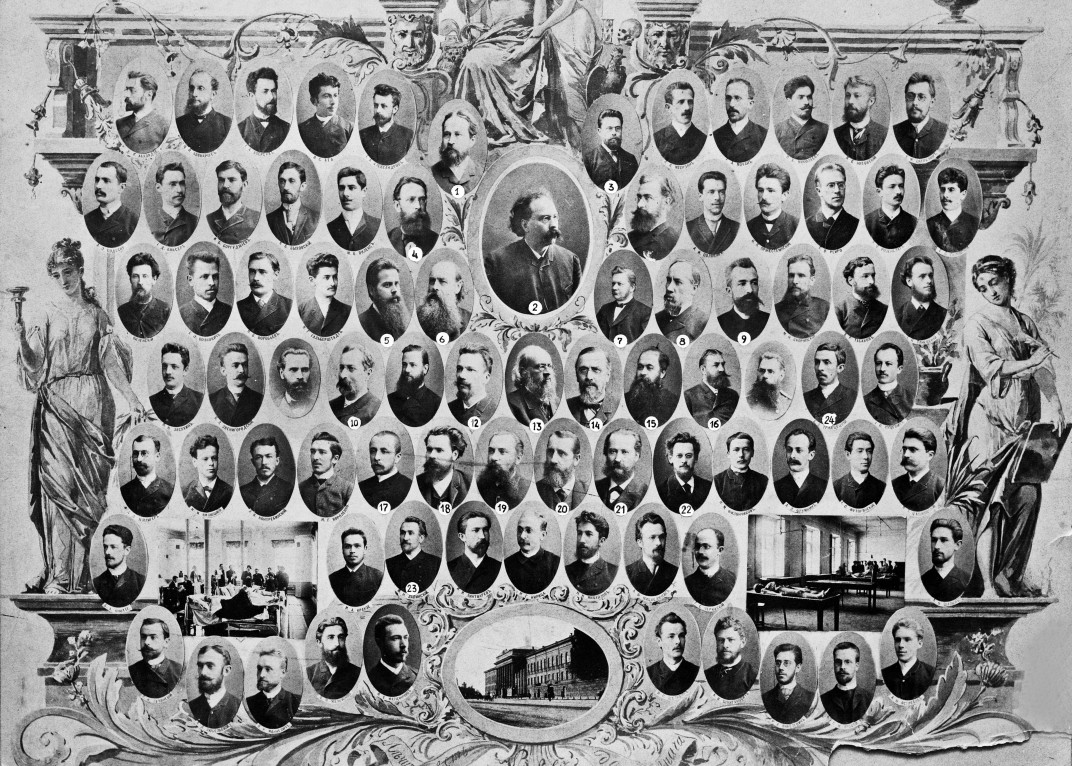
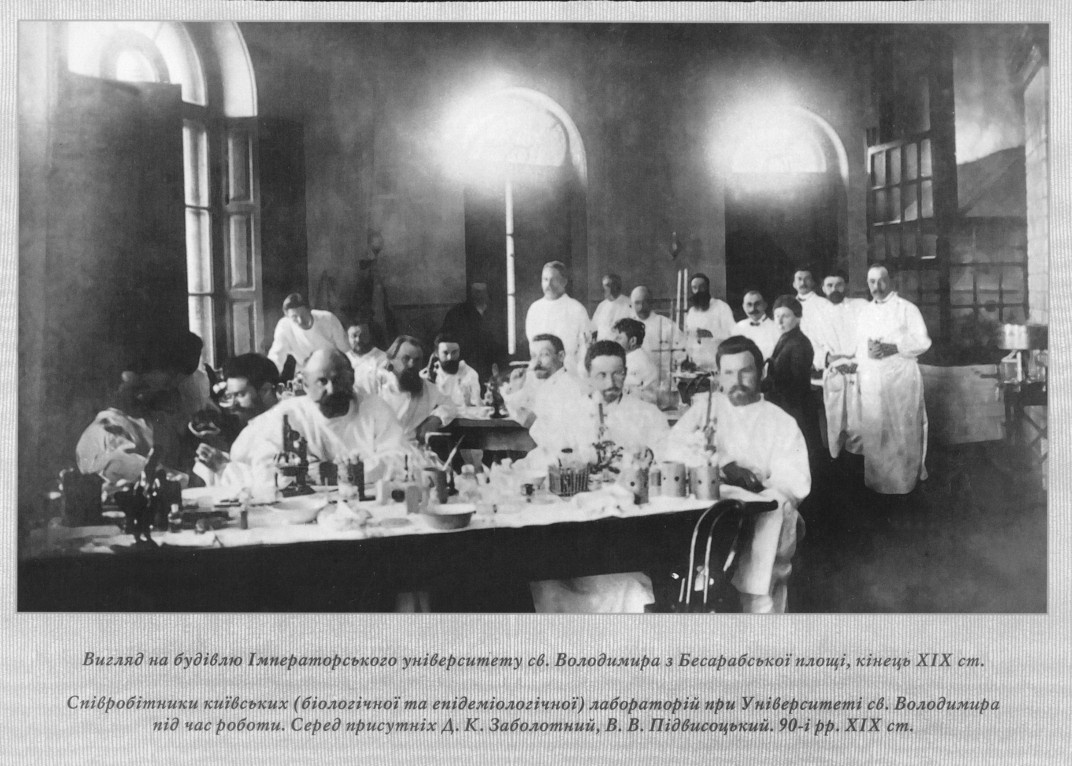
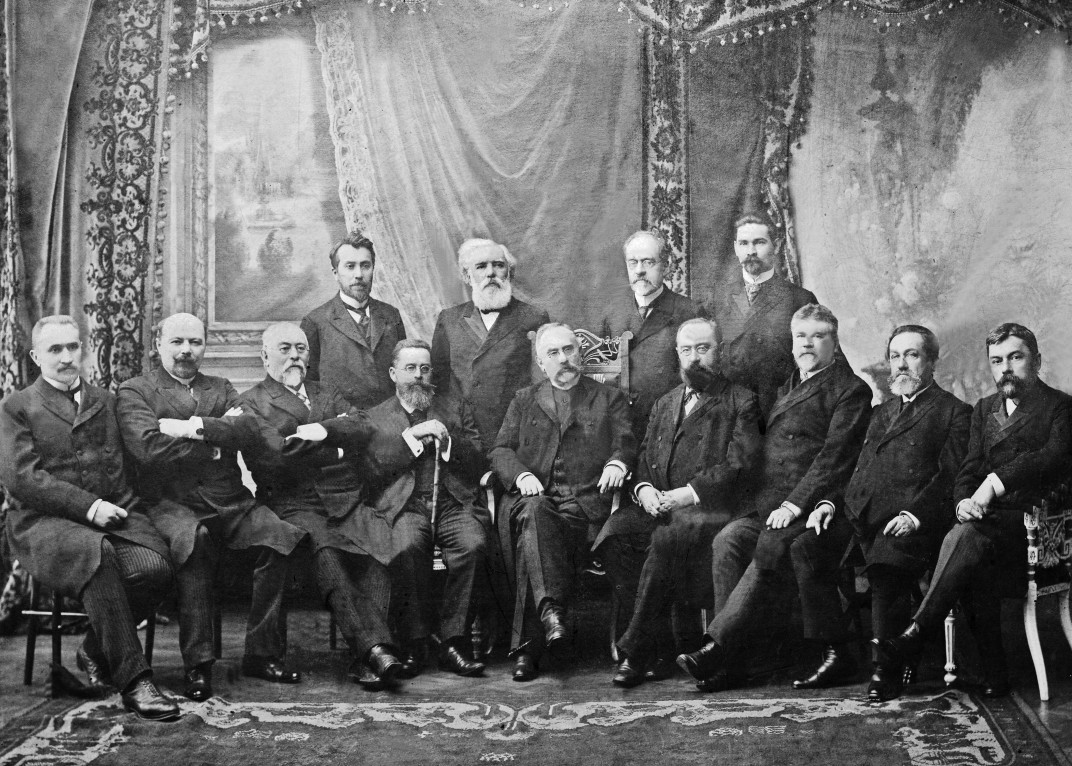
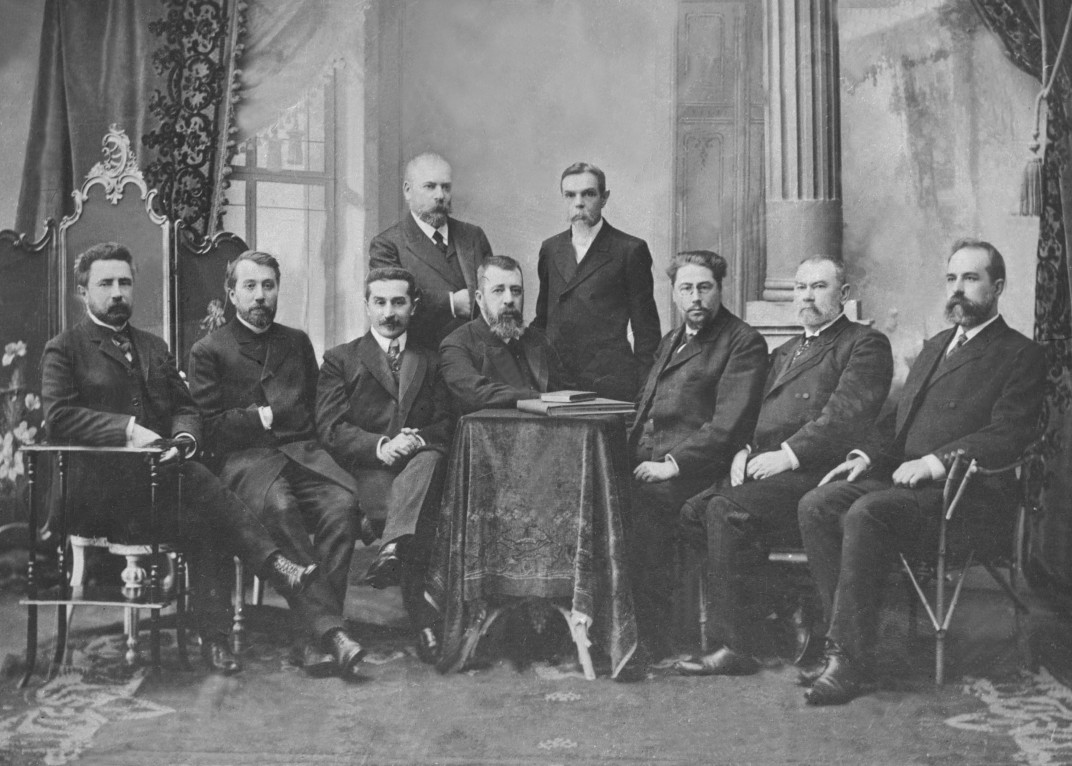
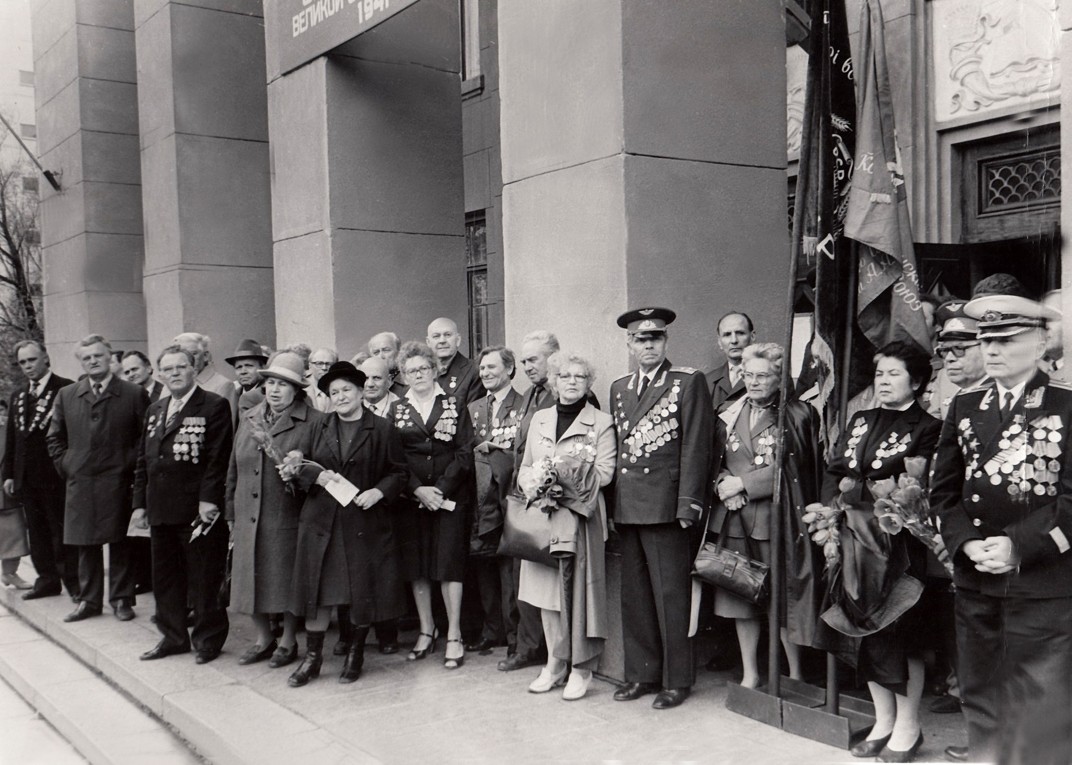


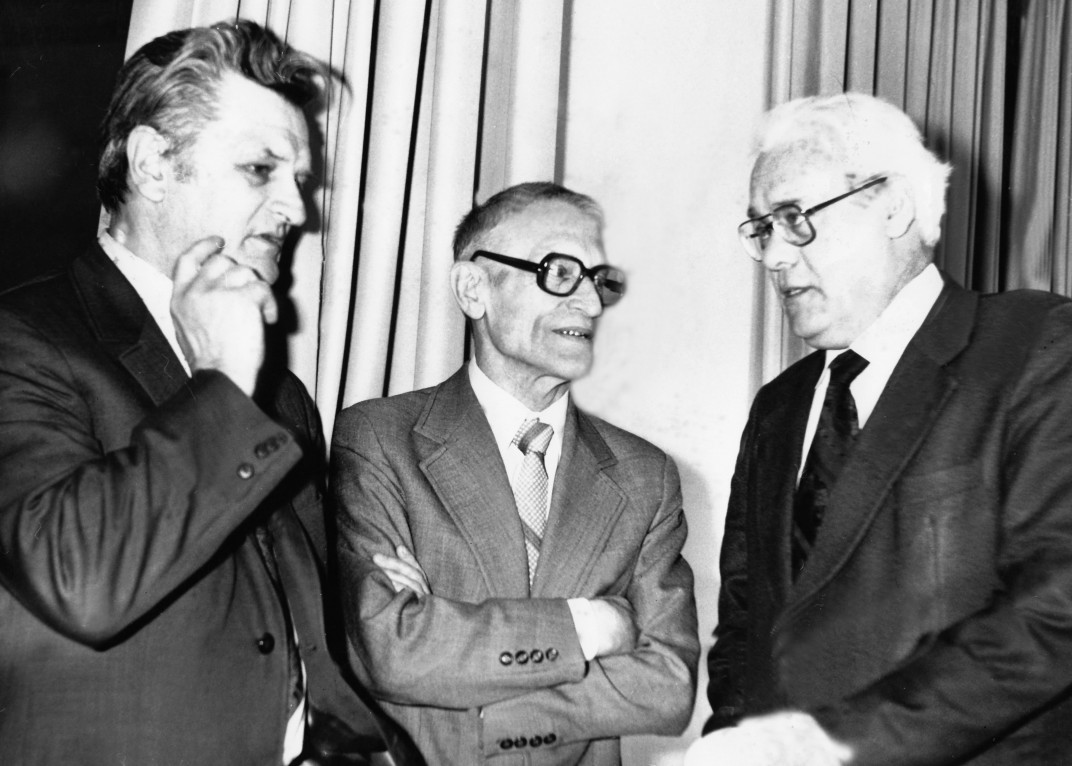
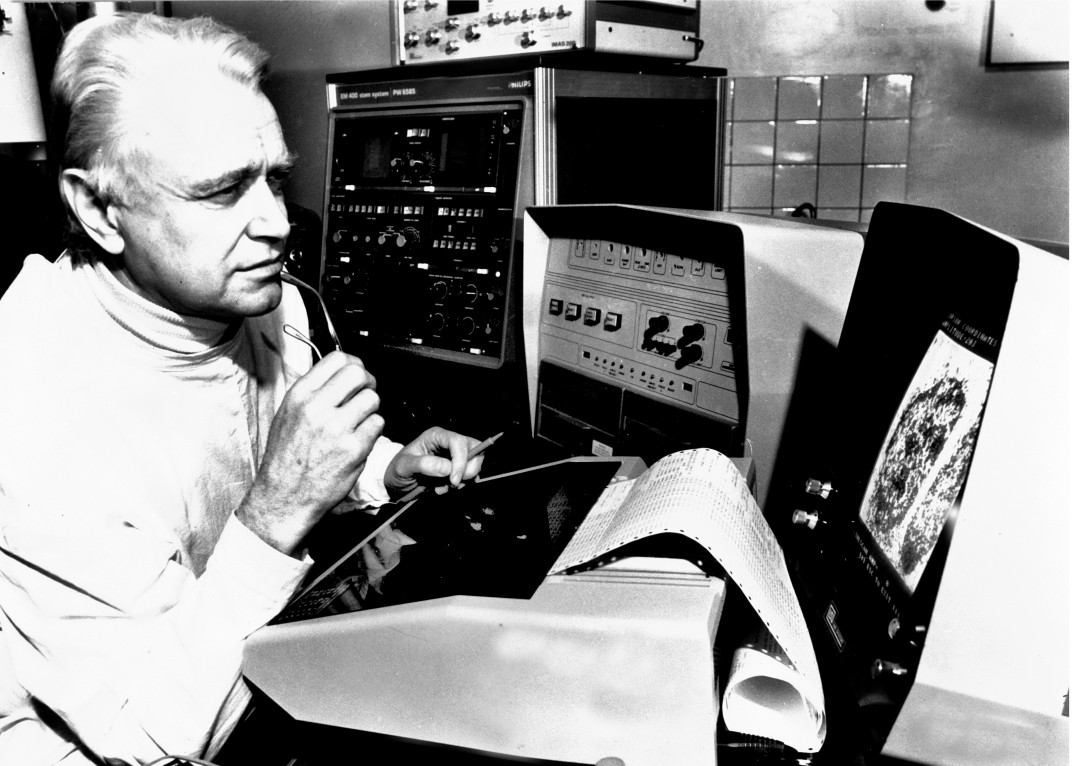

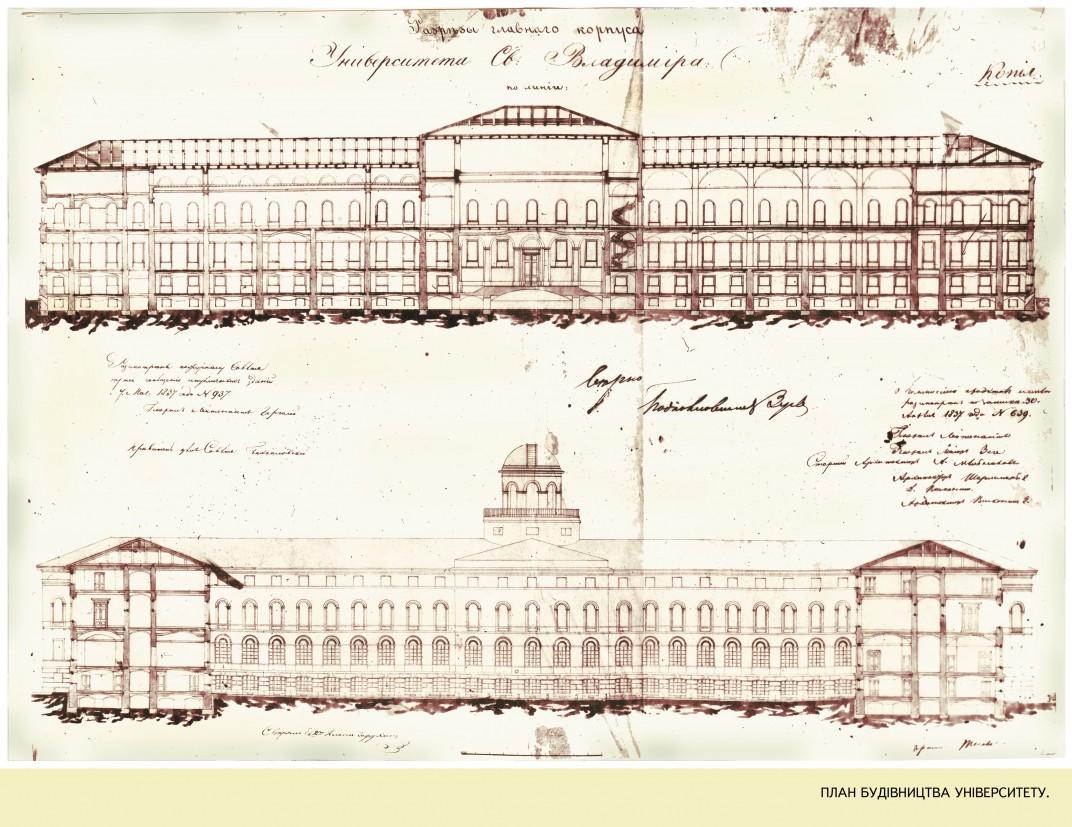

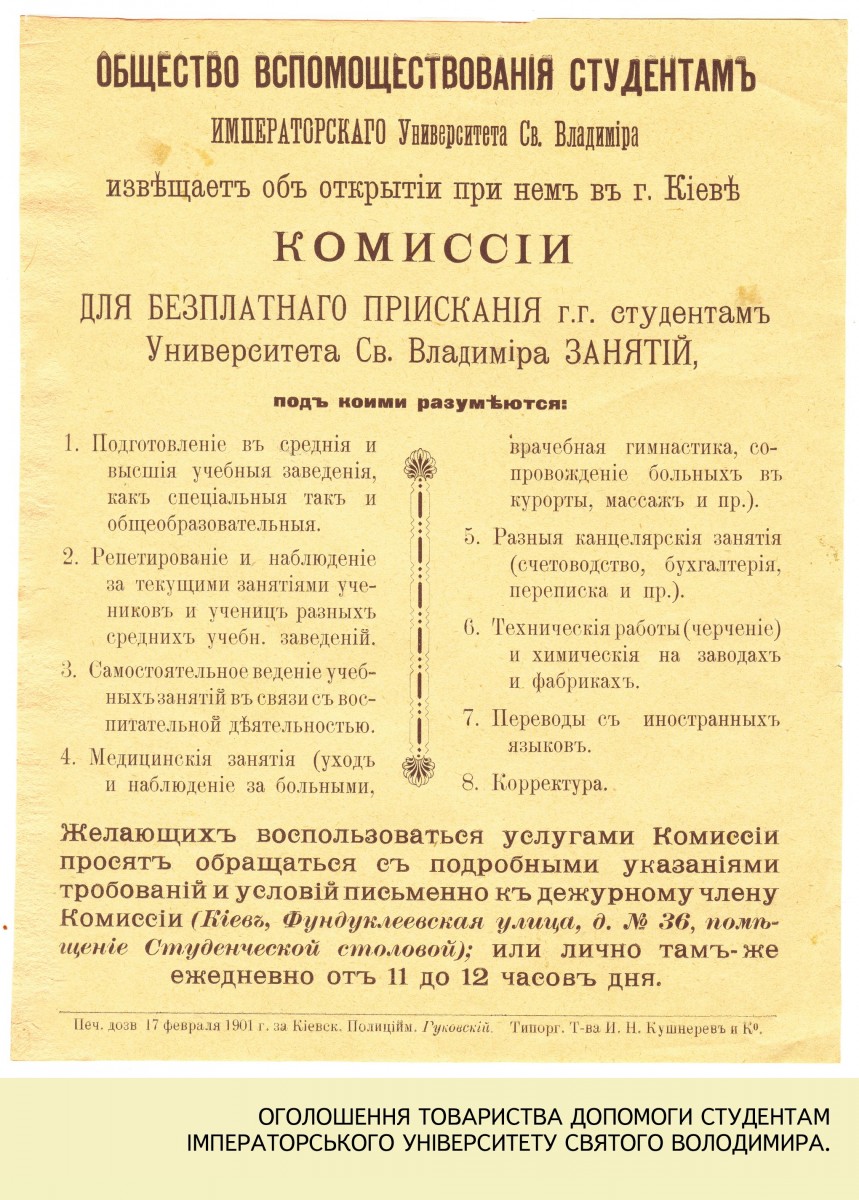

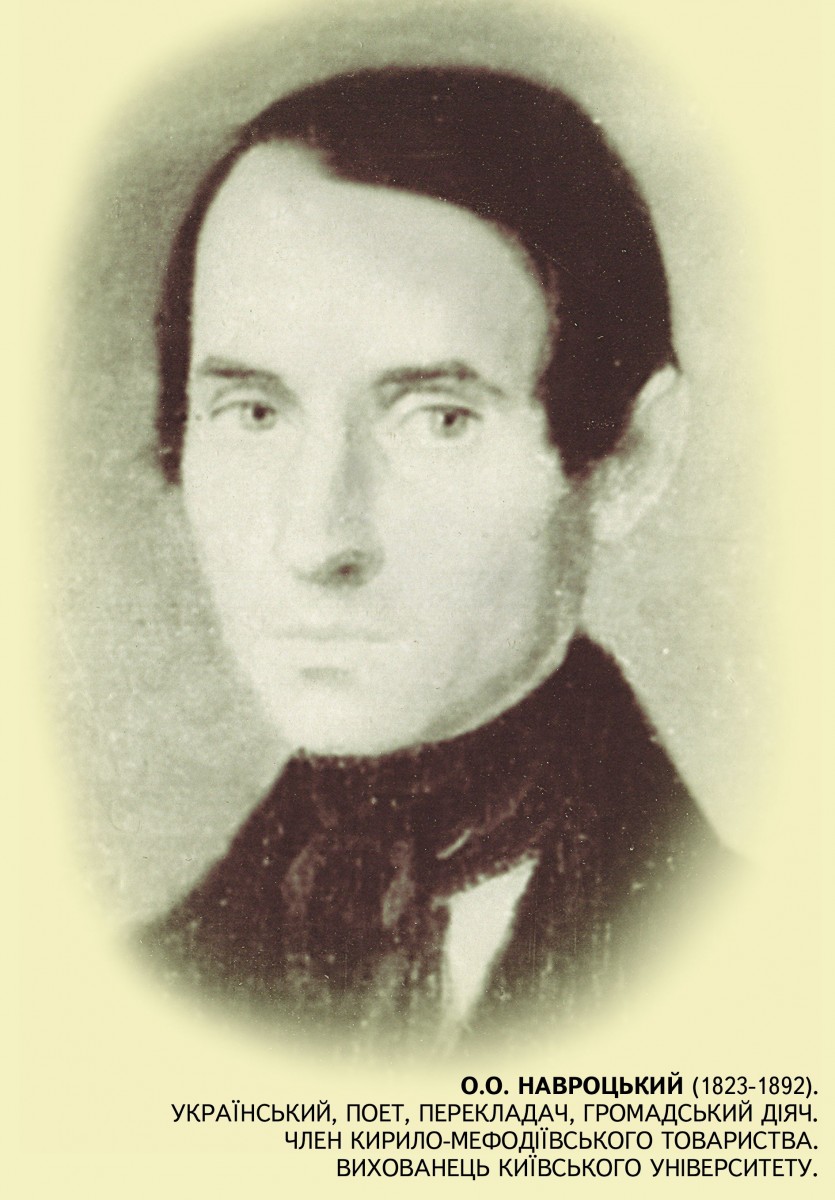



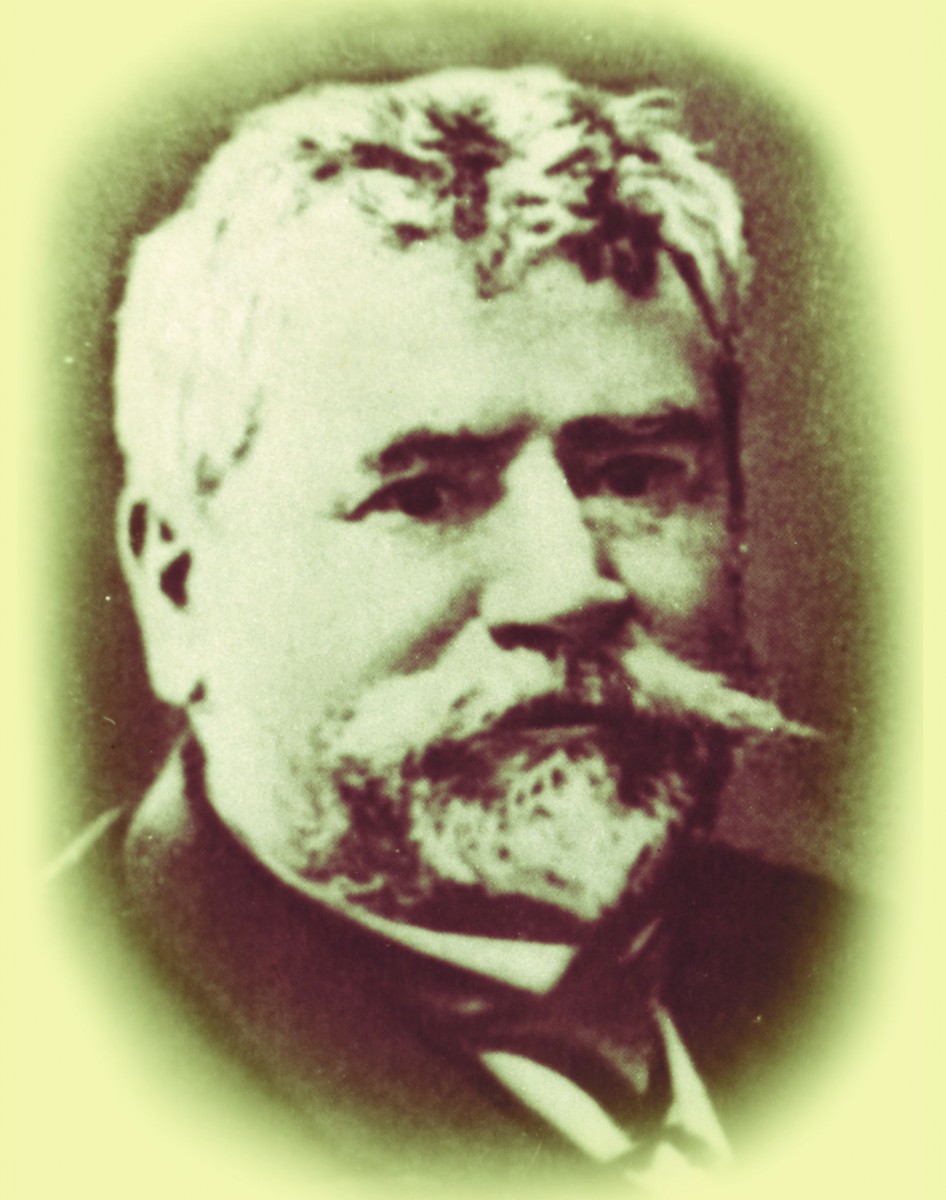
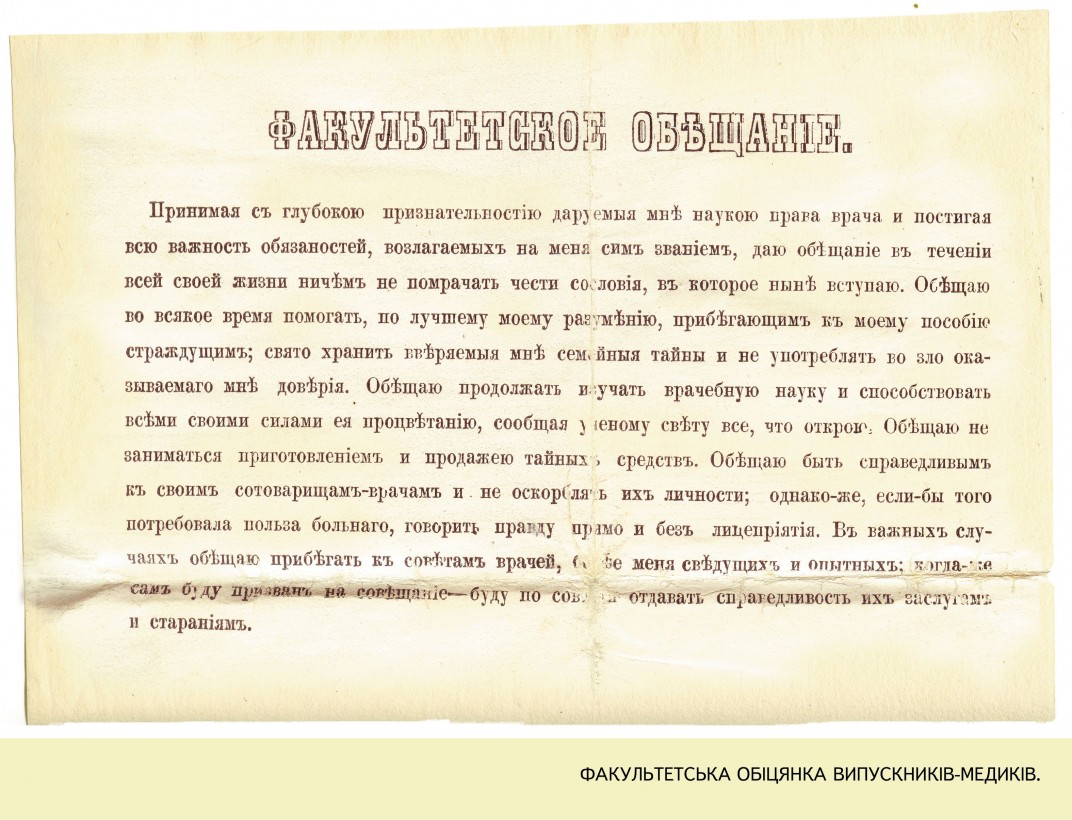
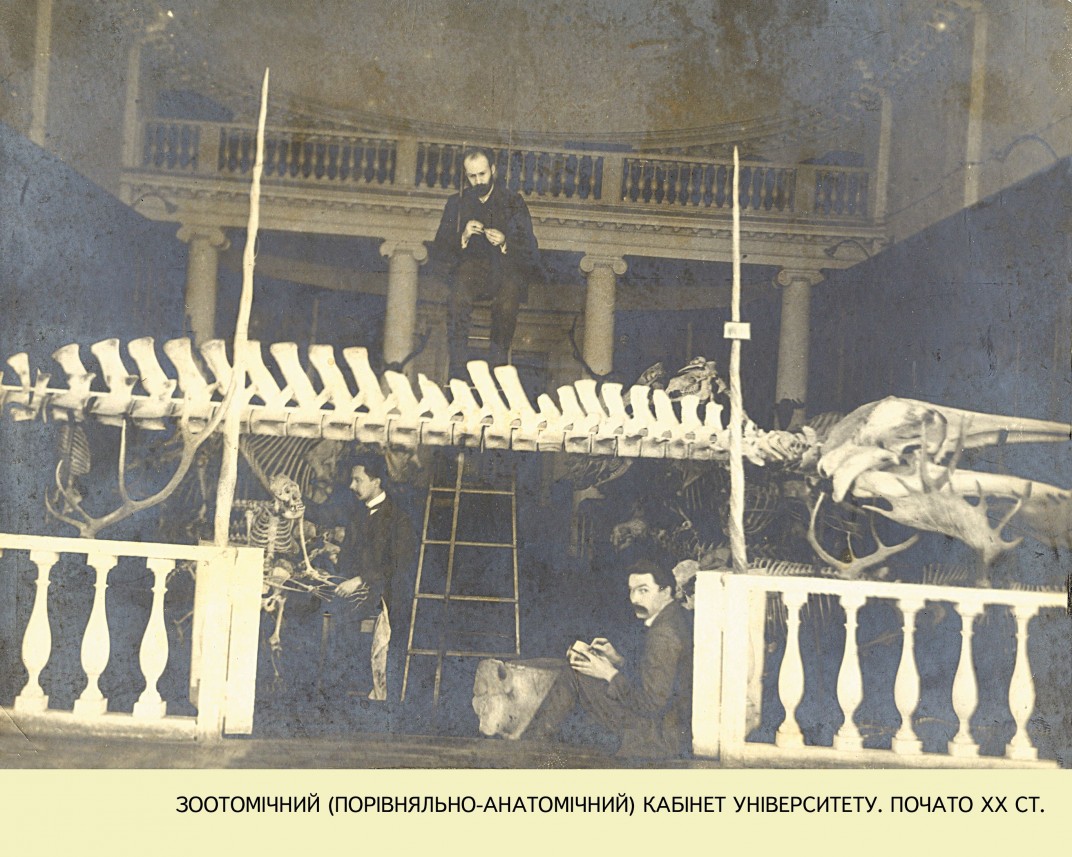
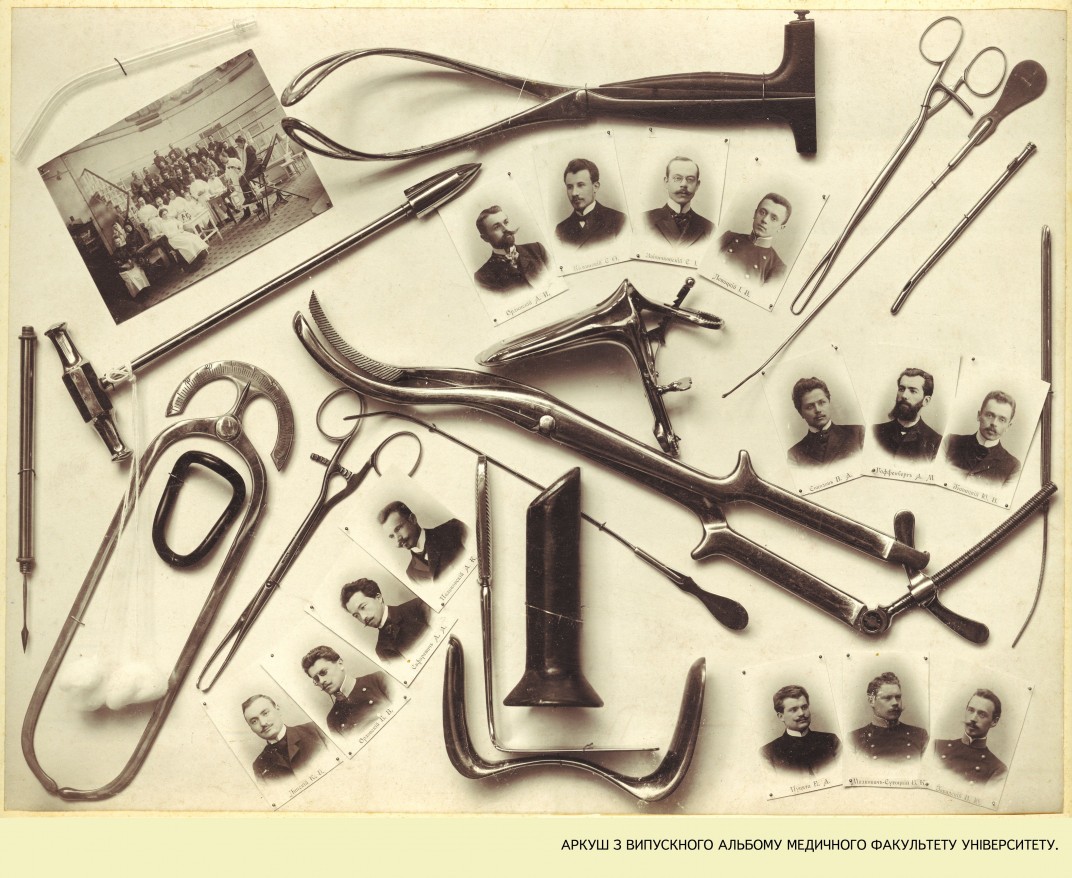

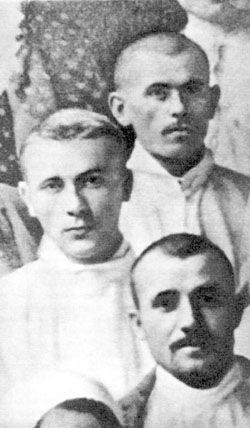
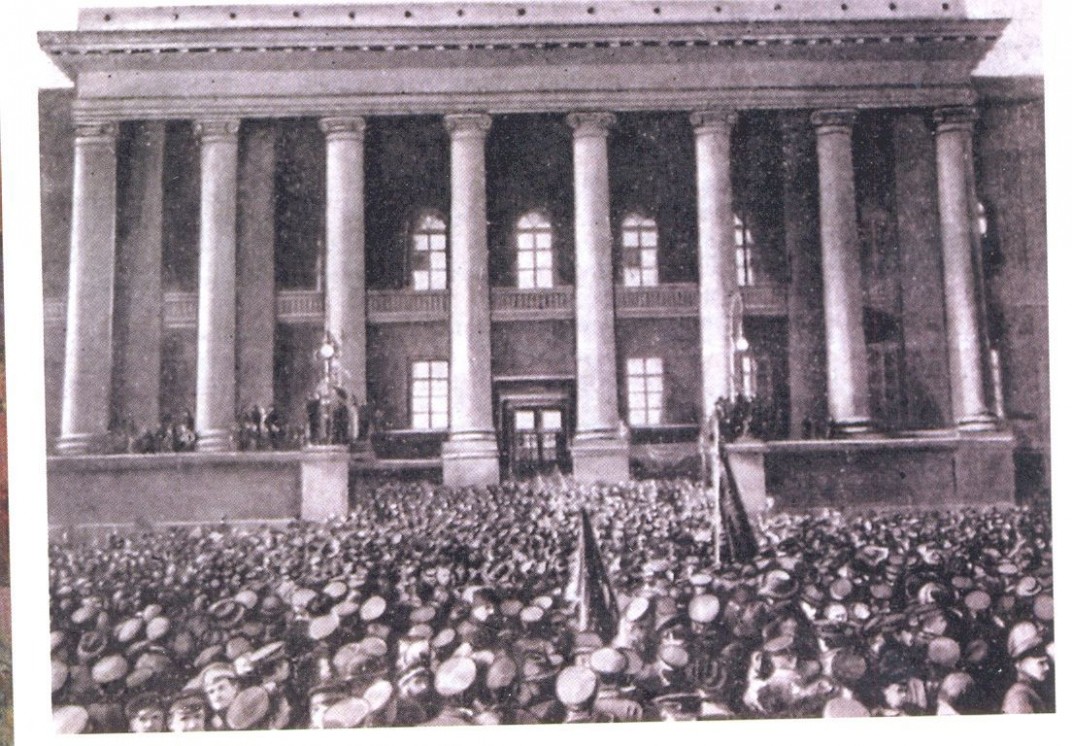

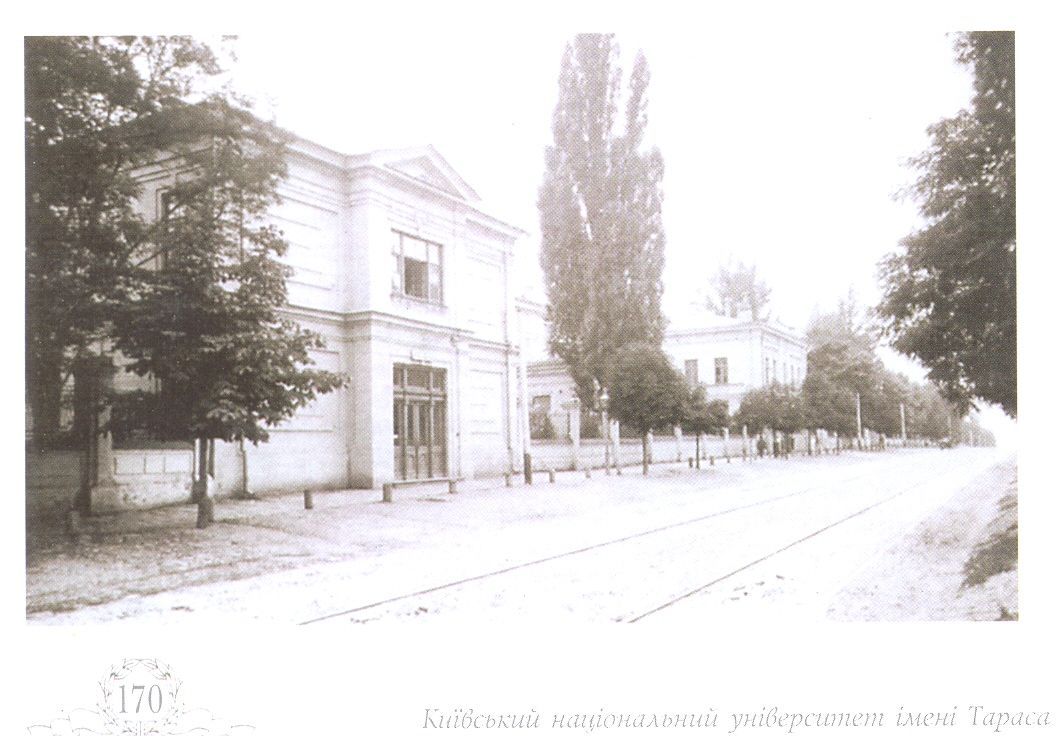
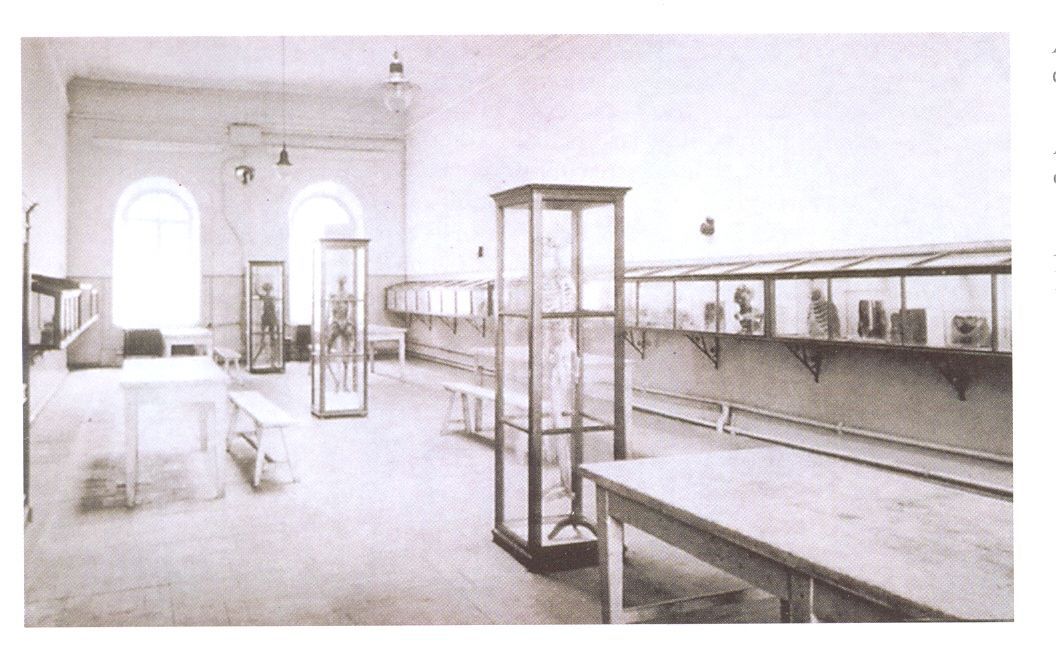
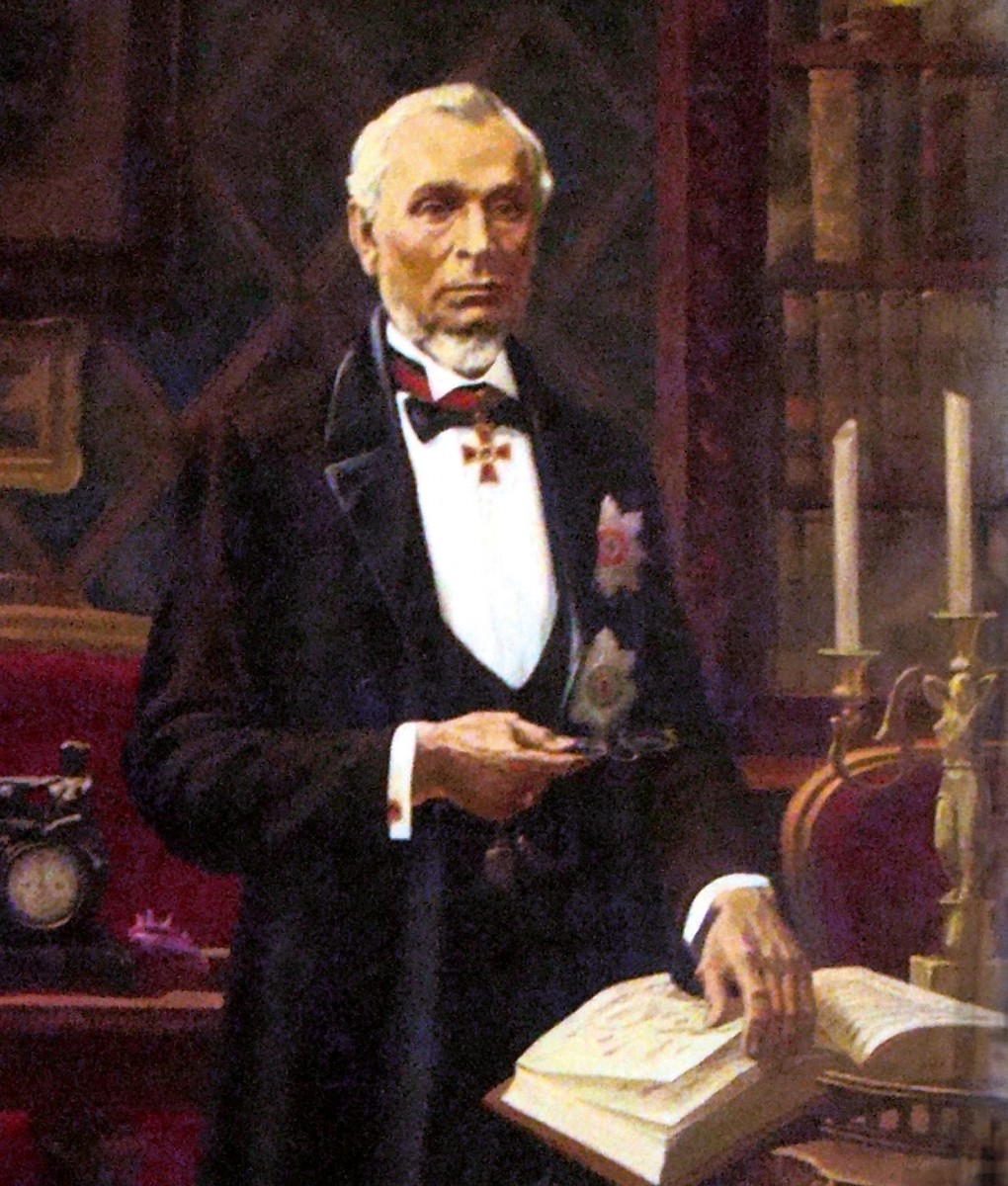
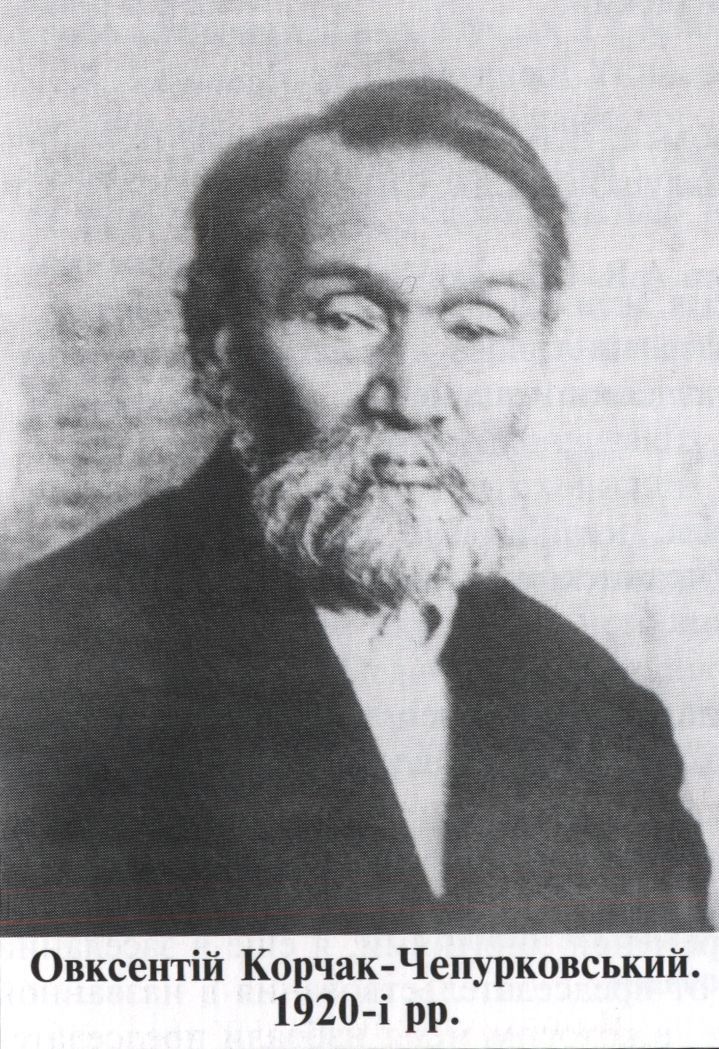
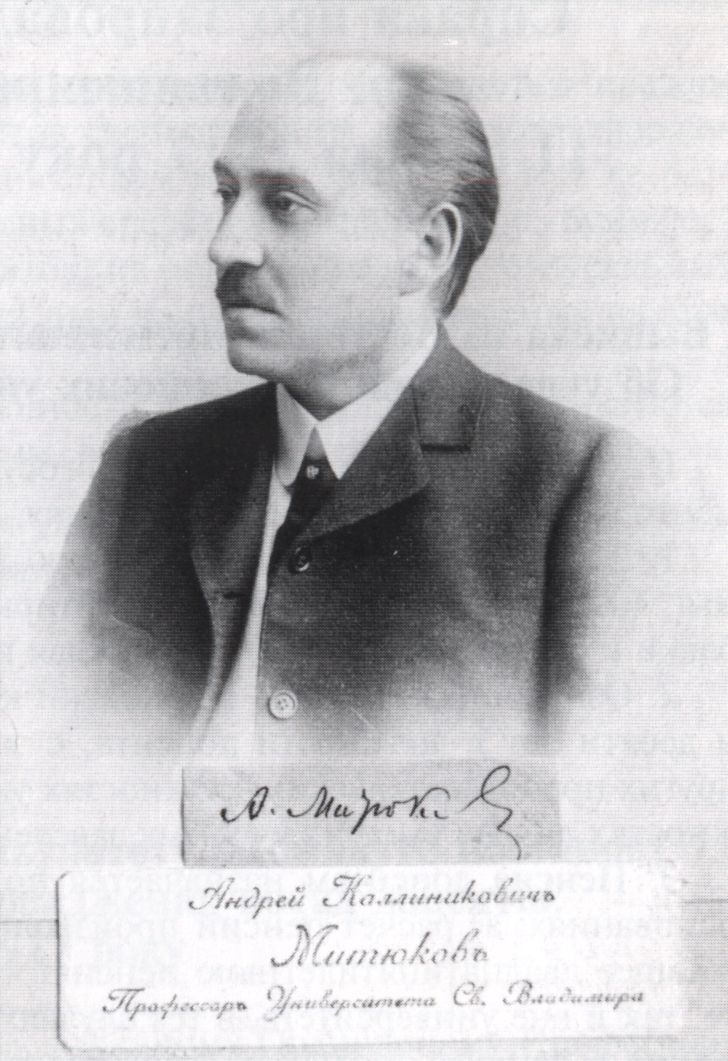
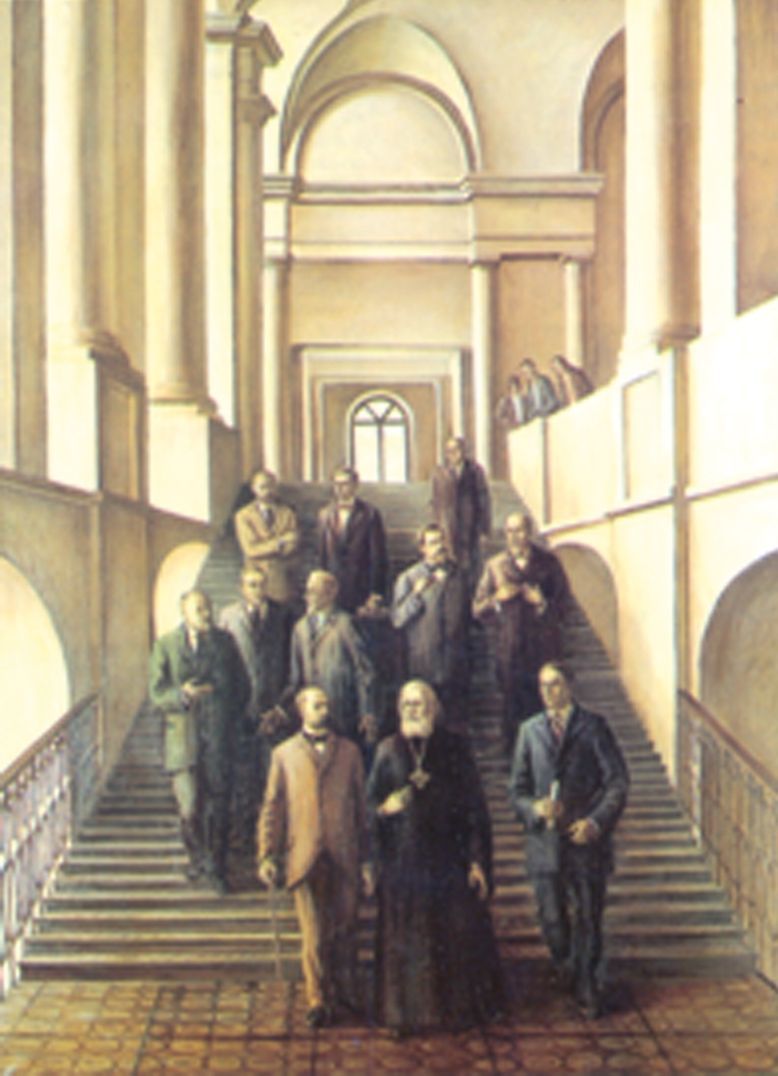

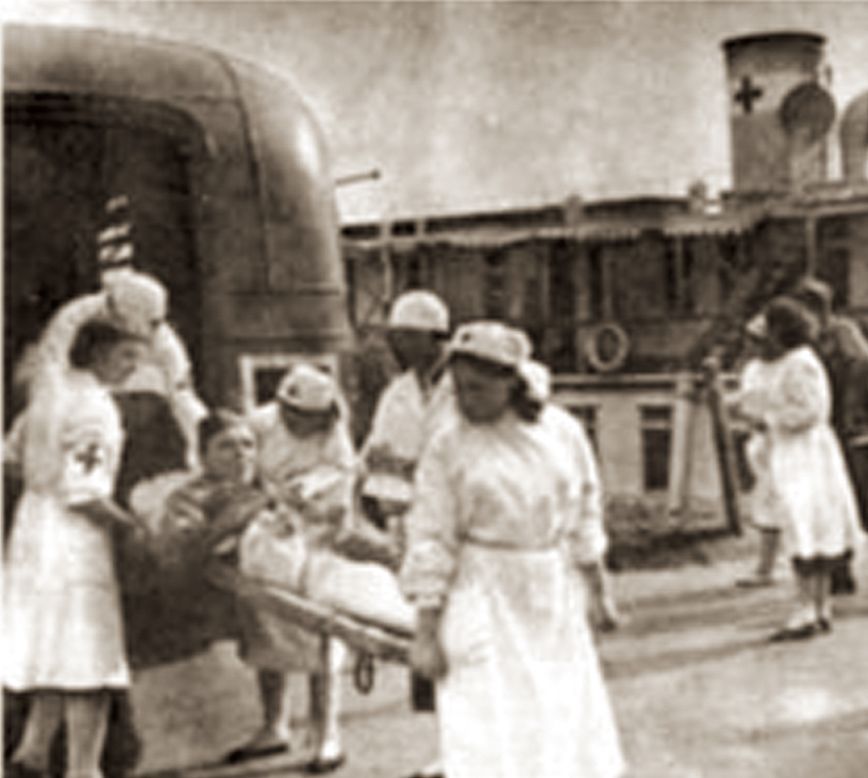
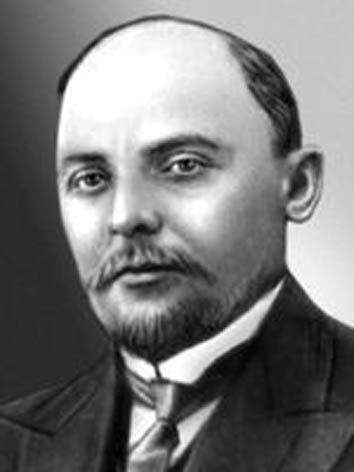
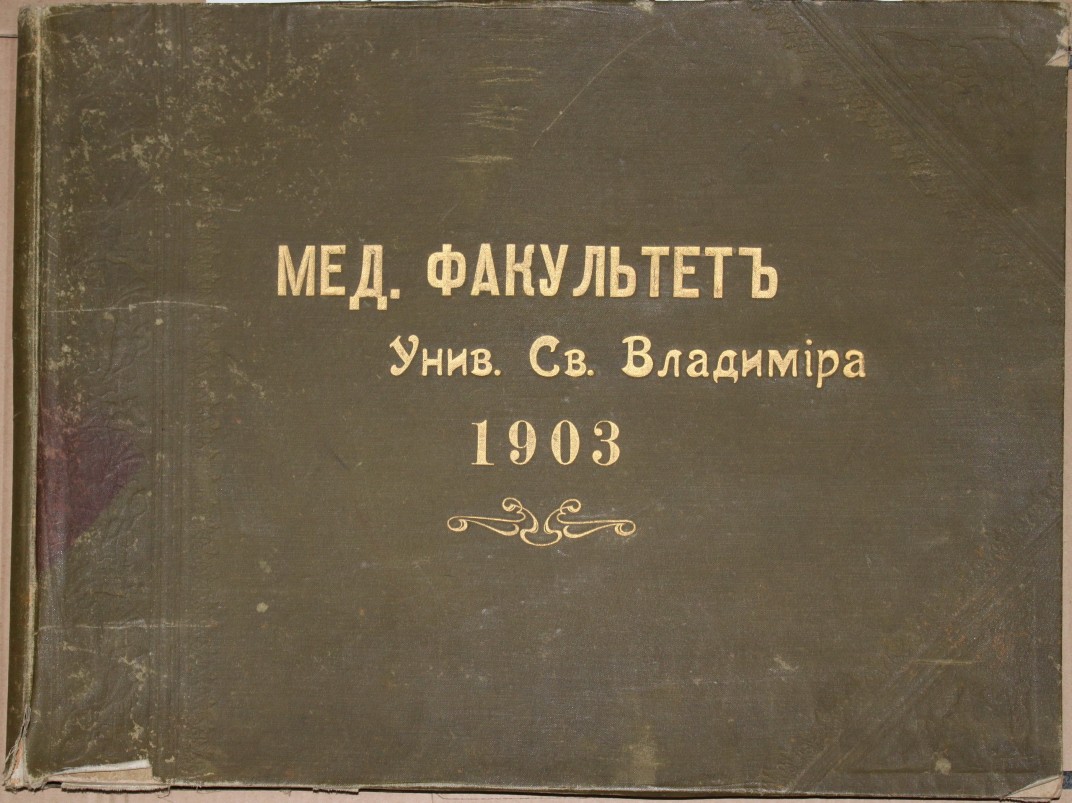
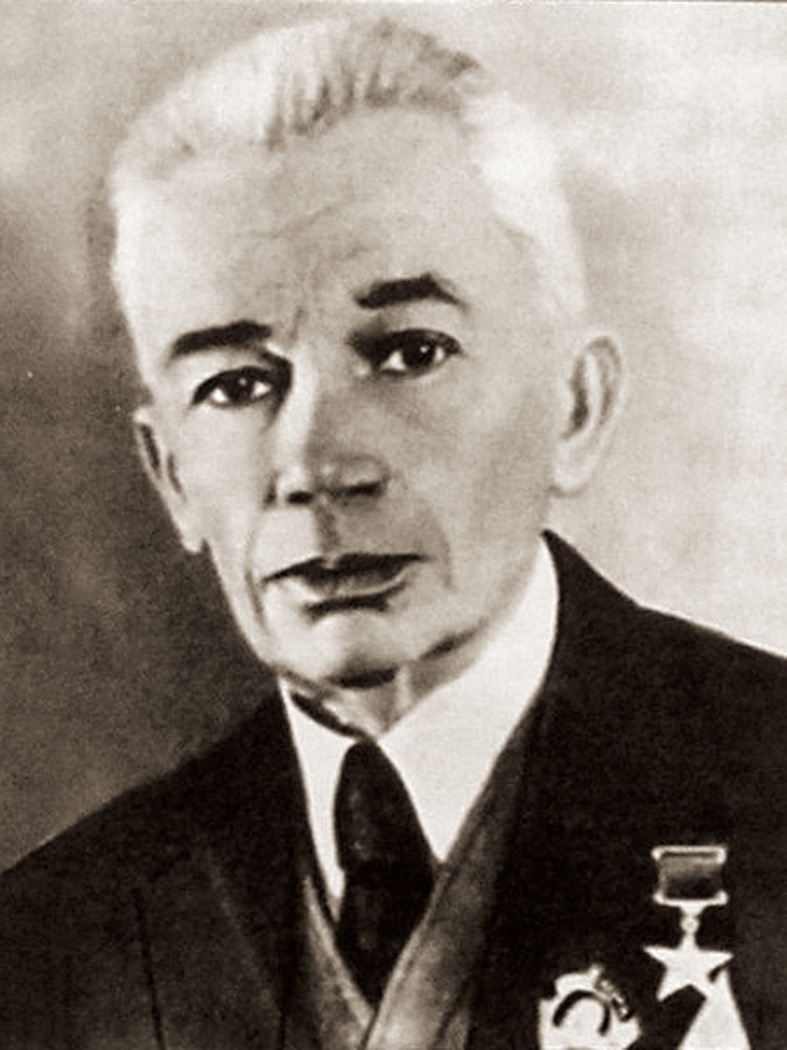
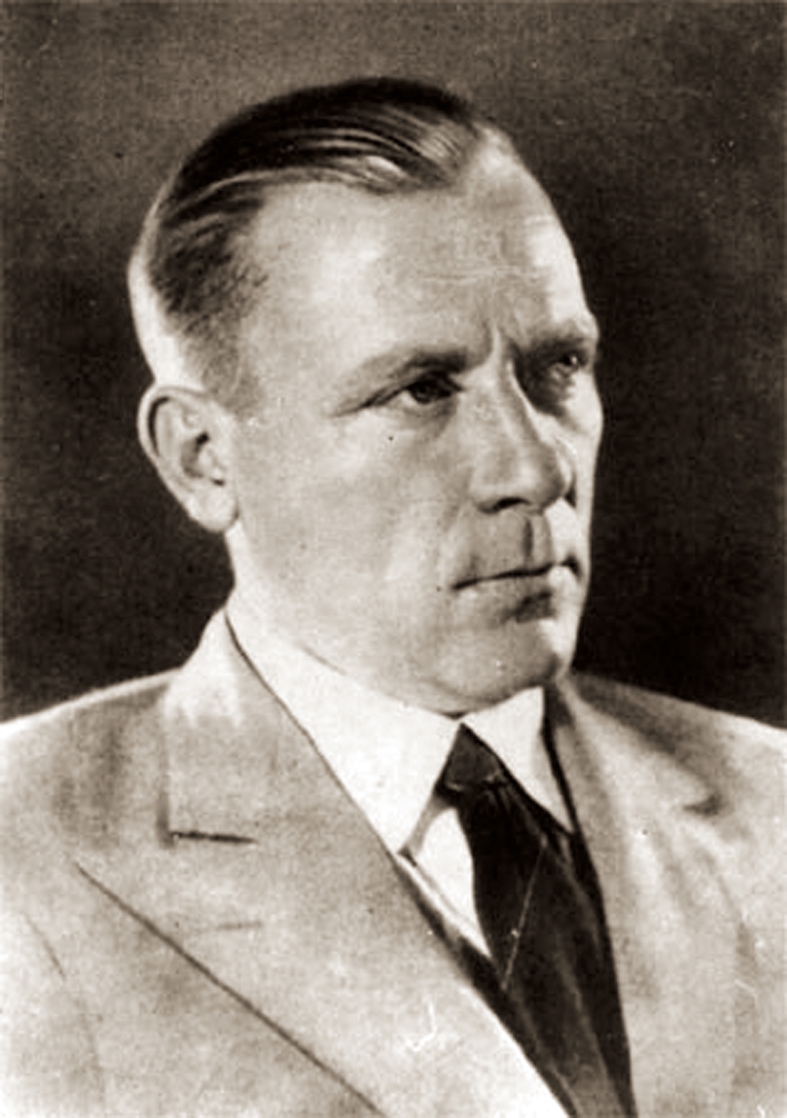
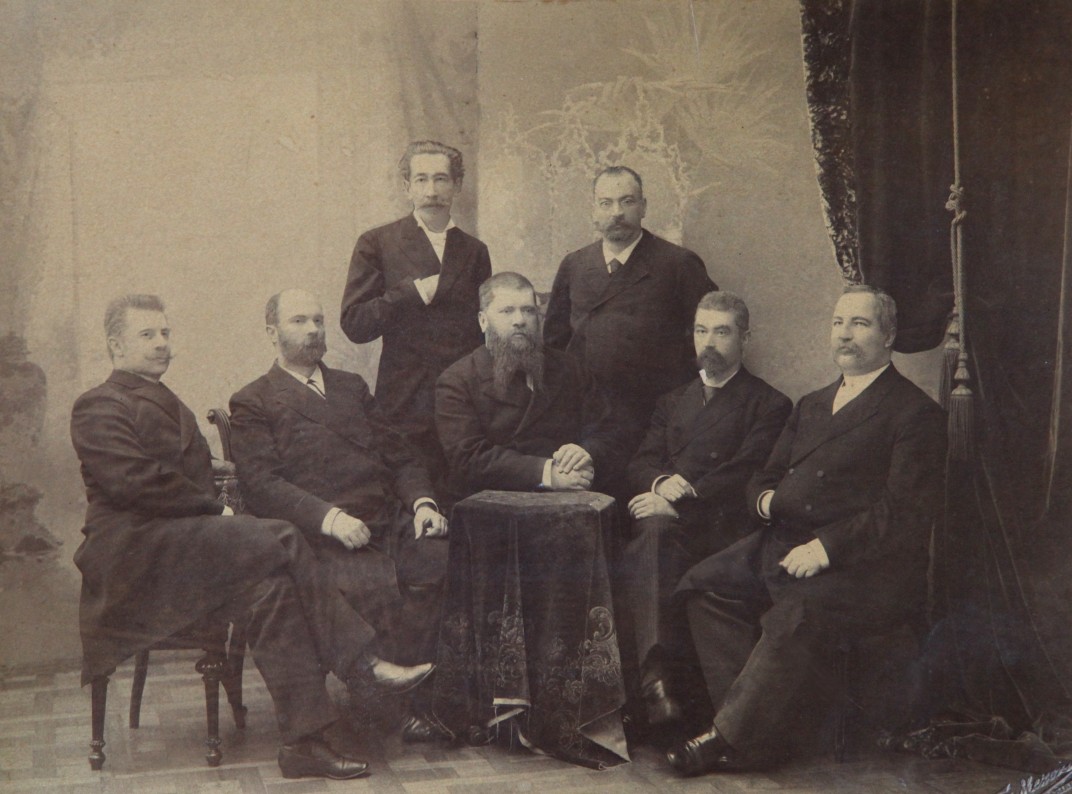
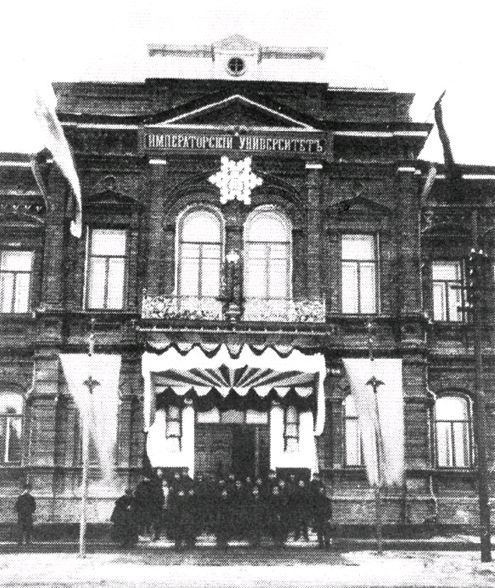



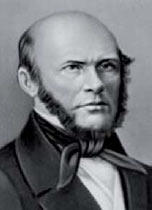 MYKOLA PYROHOV (1810 – 1881) – surgeon,
anatomist, educator,
and initiator of the establishment
of the Medical Faculty
of St.Volodymyr’s University
MYKOLA PYROHOV (1810 – 1881) – surgeon,
anatomist, educator,
and initiator of the establishment
of the Medical Faculty
of St.Volodymyr’s University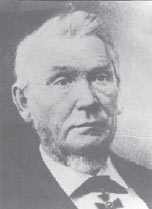 VOLODYMYR KARAVAYEV (1811 – 1892) was the first dean of the Medical Faculty at St. Volodymyr’s University, an outstanding surgeon and ophthalmologist.
VOLODYMYR KARAVAYEV (1811 – 1892) was the first dean of the Medical Faculty at St. Volodymyr’s University, an outstanding surgeon and ophthalmologist.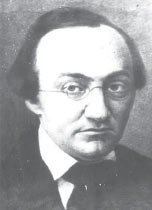 ALEXANDER WALTER (1817 – 1889) – anatomist, physiologist, initiator and first director of the University Anatomical Theatre
ALEXANDER WALTER (1817 – 1889) – anatomist, physiologist, initiator and first director of the University Anatomical Theatre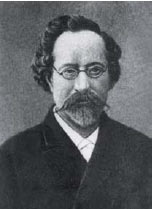 VOLODYMYR BETS (1834 – 1894) was a clinical physician, head of the Department of Anatomy at St. Volodymyr’s University.
VOLODYMYR BETS (1834 – 1894) was a clinical physician, head of the Department of Anatomy at St. Volodymyr’s University.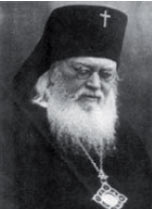 ARCHBISHOP LUKA (V.F.VOYNO-YASENETSKYI) (1877 – 1961) was a graduate of the Medical Faculty of St. Volodymyr’s University in 1903, a well-known surgeon and church leader.
ARCHBISHOP LUKA (V.F.VOYNO-YASENETSKYI) (1877 – 1961) was a graduate of the Medical Faculty of St. Volodymyr’s University in 1903, a well-known surgeon and church leader.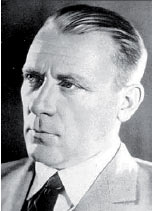 MYKHAILO BULHAKOV (1891-1940) was a 1916 graduate of the Medical Faculty of St. Volodymyr’s University, a doctor, prominent writer and playwright.
MYKHAILO BULHAKOV (1891-1940) was a 1916 graduate of the Medical Faculty of St. Volodymyr’s University, a doctor, prominent writer and playwright.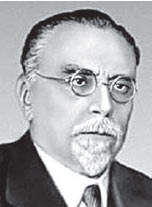 MYKOLA STRAZHESKO (1876 – 1952) – academician, one of the founders of the Kyiv School of Therapy
MYKOLA STRAZHESKO (1876 – 1952) – academician, one of the founders of the Kyiv School of Therapy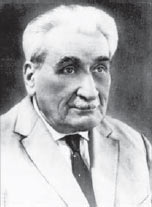 LEVKO GROMASHEVSKYI (1887-1980) – academician, initiator of fundamental epidemiology
LEVKO GROMASHEVSKYI (1887-1980) – academician, initiator of fundamental epidemiology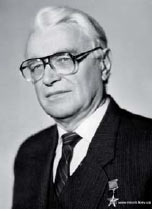 ANDRIY ROMODANOV (1920 – 1993) – academician, founder of the scientific school of neurosurgery
ANDRIY ROMODANOV (1920 – 1993) – academician, founder of the scientific school of neurosurgery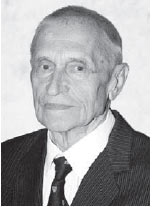 MYKOLA AMOSOV (1913 – 2002) – academician, Director of the Institute of Cardiovascular Surgery
MYKOLA AMOSOV (1913 – 2002) – academician, Director of the Institute of Cardiovascular Surgery VASIL OBRAZTSOV (1851-1920) – Honoured Full Professor, founder of the scientific therapeutic school
VASIL OBRAZTSOV (1851-1920) – Honoured Full Professor, founder of the scientific therapeutic school FEOFIL YANOVSKYI (1860-1928) – academician, founder of the Kyiv Research Institute of Phthisiology and Pulmonology
FEOFIL YANOVSKYI (1860-1928) – academician, founder of the Kyiv Research Institute of Phthisiology and Pulmonology VASYL CHAHOVETS (1873-1941) – academician, founder of modern electrophysiology
VASYL CHAHOVETS (1873-1941) – academician, founder of modern electrophysiology MYKOLA SKLYFOSOVSKYI (1836-1904) – Professor Extraordinary of Surgery at St. Volodymyr’s University, author of works on military field surgery of the abdominal cavity, author of a practical methodology of decontamination surgery
MYKOLA SKLYFOSOVSKYI (1836-1904) – Professor Extraordinary of Surgery at St. Volodymyr’s University, author of works on military field surgery of the abdominal cavity, author of a practical methodology of decontamination surgery





